Located on the Rhine River, Cologne is Germany’s most important commercial and cultural city. Home to one of Europe’s largest cathedrals, attracting many different people with its festivals and being a cultural attraction with its rich museums, Cologne is a very enjoyable city to visit.
Where to Go and What to See in Cologne?
Cologne is a city that pulses with life every day of the year, offering a fresh sense of discovery and excitement at every turn. Its vibrant energy, rich historical backdrop, and cultural depth make time seem to fly by as you explore its colorful streets, historic buildings, and bustling squares. With a new story waiting around every corner, Cologne provides an exhilarating experience for both curious travelers and locals, making each visit a thrilling adventure.
Cologne Cathedral (Kölner Dom)
When you exit the Central Station (Hauptbahnhof) in the city center, the majestic Cologne Cathedral (Kölner Dom) greets you. This Gothic-style historic building, a significant place of worship for Catholics, began construction in 1248 and took a remarkable 632 years to complete. The construction was finished in 1880. With its captivating architecture and a height reaching 157 meters, the cathedral is one of the most impressive structures in Northern Europe.
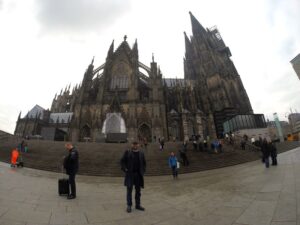
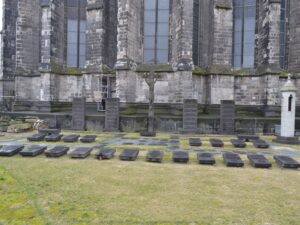

Hohenzollern Bridge (Hohenzollernbrücke)
When you say you’re going to Cologne, and your friends tell you, “There’s a bridge there where people attach love locks. Bring a lock with you and attach it there,” they are referring to this bridge. The Hohenzollern Bridge (Hohenzollernbrücke) spans the Rhine River, which flows through several countries including Germany, Switzerland, and France. Built between 1907 and 1911, it is quite impressive with its color and steel architecture. The bridge, which is over 400 meters long, is always bustling and colorful since it is open to pedestrians. On each end of the bridge, you will see an equestrian statue. The statue at the western end represents Kaiser Wilhelm II, while the one at the eastern end is of Kaiser Friedrich III. You might remember Kaiser Wilhelm II from history classes as the last German Emperor and King of Prussia. The bridge also has an intriguing story related to World War II. Despite the city being bombed several times during the war, the Hohenzollern Bridge managed to survive. However, the Germans blew up the bridge on March 6, 1945, to prevent Allied forces from crossing. Fortunately, today the Hohenzollern Bridge continues to connect both sides of the city and assists lovers by supporting their love locks.

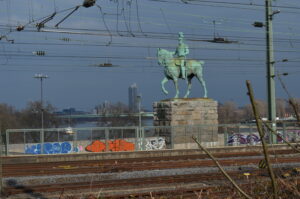

Ehrenfeld District
The Ehrenfeld district is the vibrant and dynamic face of Cologne. Here, as you walk through its streets, you’ll almost forget you’re a tourist and feel as if you’re exploring the city’s hidden corners. Those who seek to experience a city beyond just visiting museums and places of worship will find this area particularly enjoyable. What you should do is get lost in the streets, take a break in a café, and admire the street art and graffiti that color the walls. Ehrenfeld will offer you everything else you need to experience its unique charm.
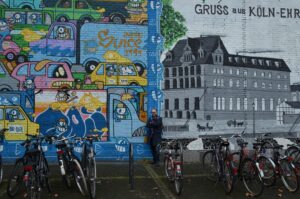
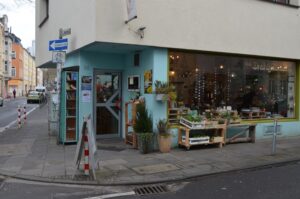
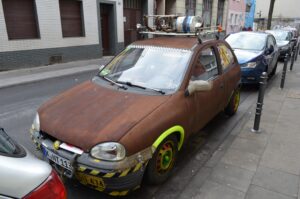
Ludwig Museum
The Ludwig Museum offers a highly satisfying experience for those who prefer to see contemporary art and the museums that showcase it during their travels. I recommend setting aside a few hours to visit this museum during your trip to Cologne. You will have the chance to view works by famous artists such as Picasso, Roy Lichtenstein, Andy Warhol, Natalia Goncharova, and Mikhail Larionov, as well as pieces by contemporary artists. With its elegant and modern architecture, I’m sure you will enjoy exploring the museum.
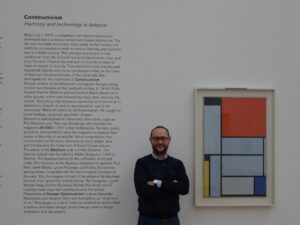
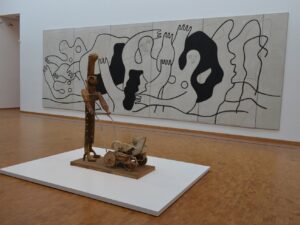
Romisch Germanisches Museum (RGM)
The Romisch Germanisches (Roman-Germanic) Museum is a true paradise for history enthusiasts. The museum’s extensive collection of Roman-Germanic and prehistoric artifacts will satisfy even the most curious minds. As you wander through exhibition halls filled with busts, statues, glass works, mosaics, and much more, it’s as if you’re taking a journey through time. Update: The museum is now open in the Belgian House (Cäcilienstraße 46, 50667 Cologne)
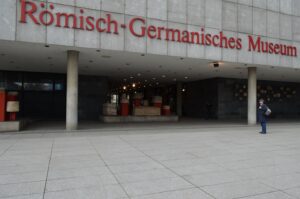

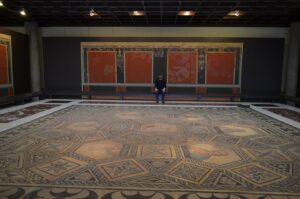
Wallraf-Richartz Museum
Anyone interested in art produced from the Middle Ages to the early 20th century should definitely visit the Wallraf-Richartz Museum. The museum’s name comes from Ferdinand Franz Wallraf and Johann Heinrich Richartz. Wallraf was the owner of the initial collections that formed the museum, while Richartz was the benefactor who donated the museum’s first building. Today, the museum welcomes visitors in its new and minimalist building.



Hohe Street
One of the liveliest and most crowded streets of Cologne. It is possible to find different brands on the street where there are many stores on both sides. You can spend a few hours on this street where you can buy gifts for yourself and your loved ones and join the lively daily life of the city.
Chocolate Museum (Schokoladenmuseum)
Welcome to Cologne’s sweetest museum. Opened in 1993 by chocolate enthusiast Hans Imhoff (1922-2007), the Chocolate Museum (Schokoladenmuseum) offers a fascinating look at the history, production, and sales of chocolate. The museum features a variety of processes and materials related to chocolate, and it is especially popular with children but also highly enjoyable for adults. Given that it’s all about chocolate, it’s almost inevitable that visitors leave the museum with a chocolate bar in hand.
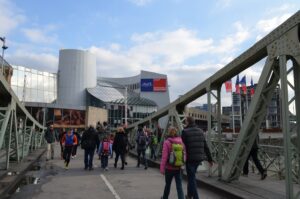
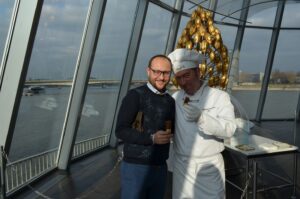
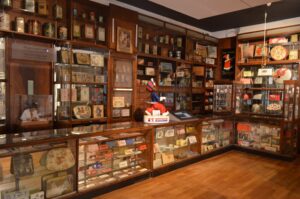
Last but not Least – Cologne and Eau de Cologne
The city also holds a special place in the world of perfume as the birthplace of Eau de Cologne. Created in the 18th century by Giovanni Maria Farina (1685 Santa Maria Maggiore, Italy / 1766 Cologne, Germany), this light, citrus-scented fragrance took its name from the city and has since become a staple in the perfume industry. Although the term “cologne” has evolved to represent a broad category of fragrances, it all began with Farina’s innovative blend.
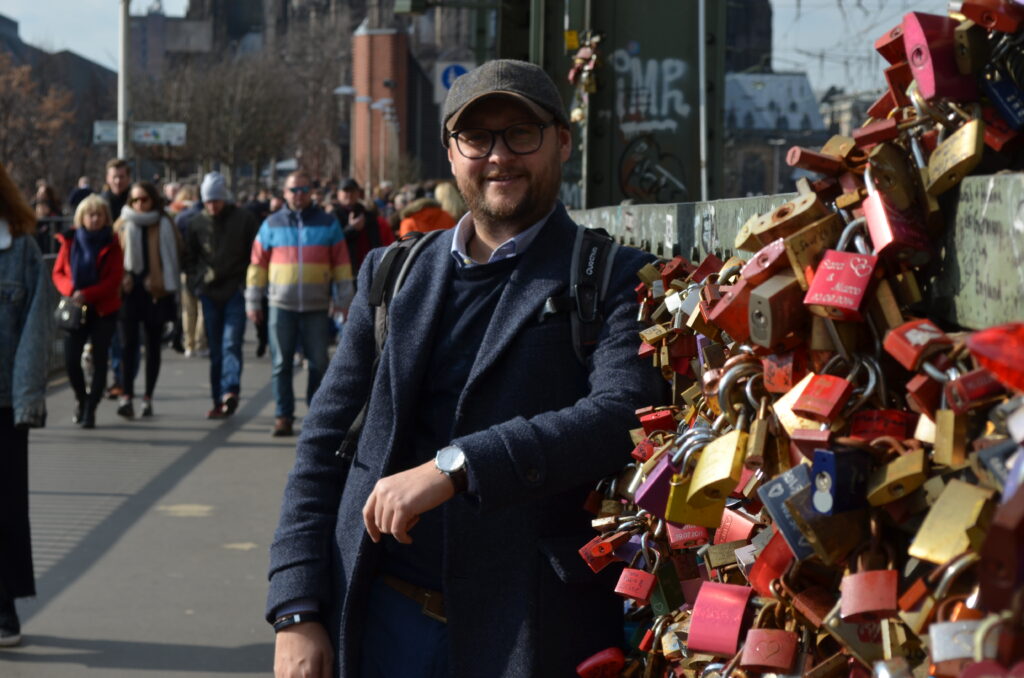
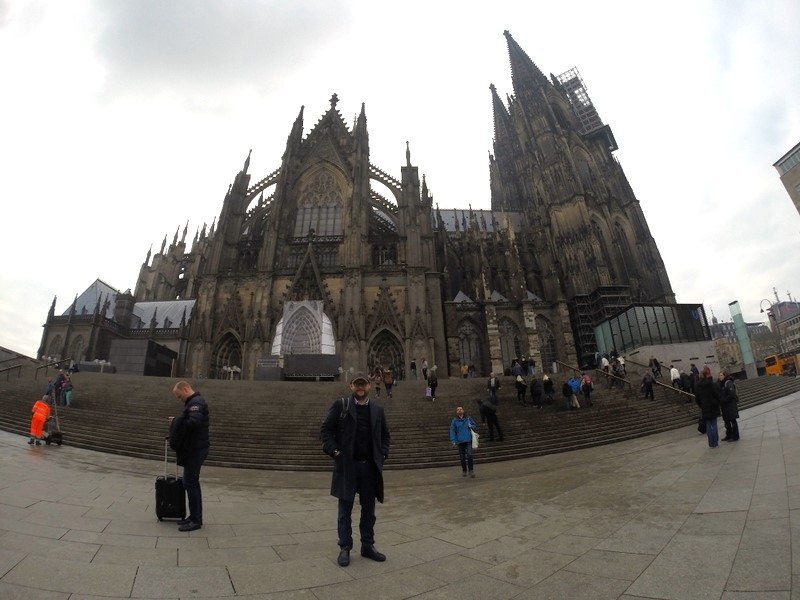
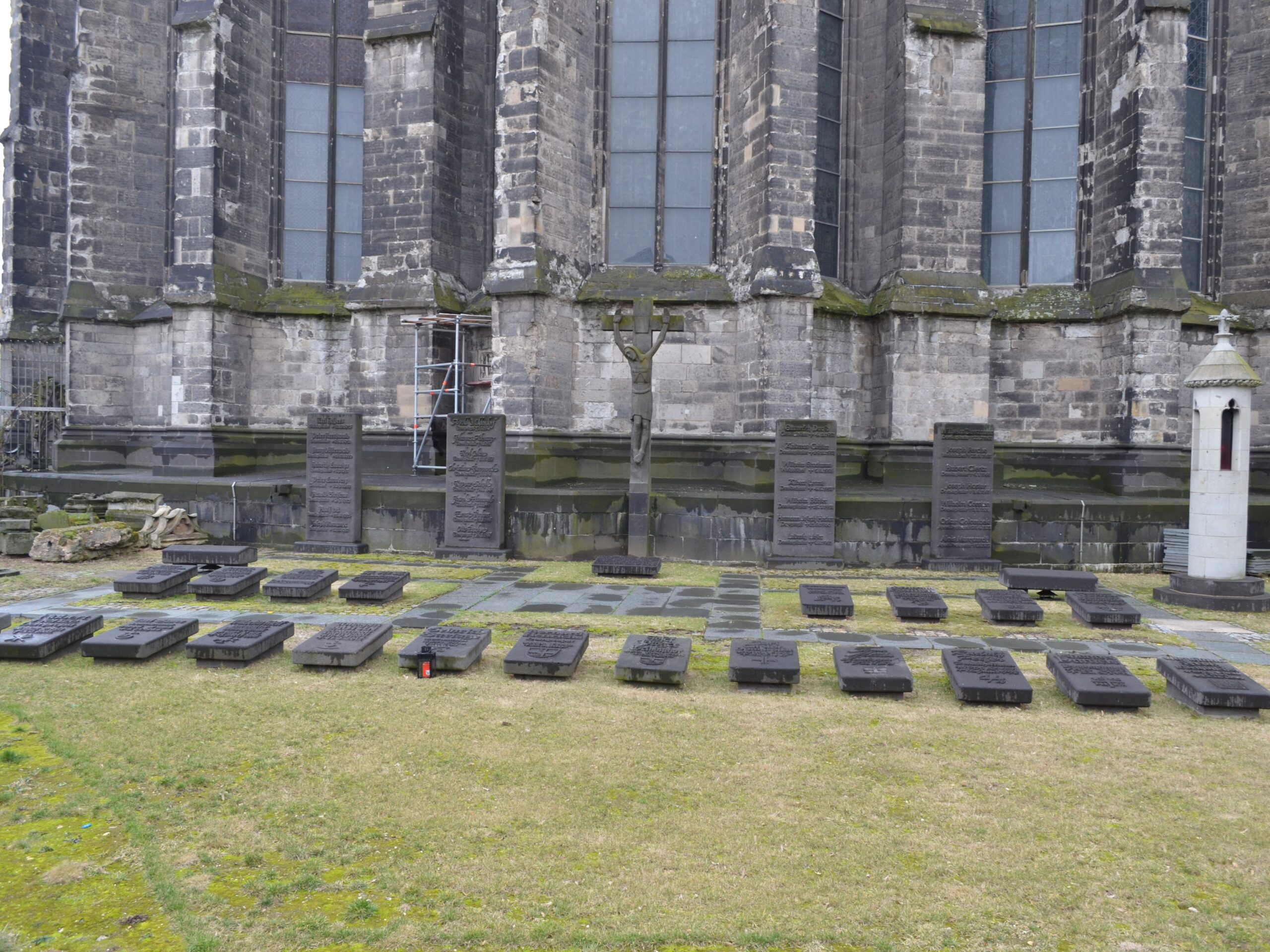
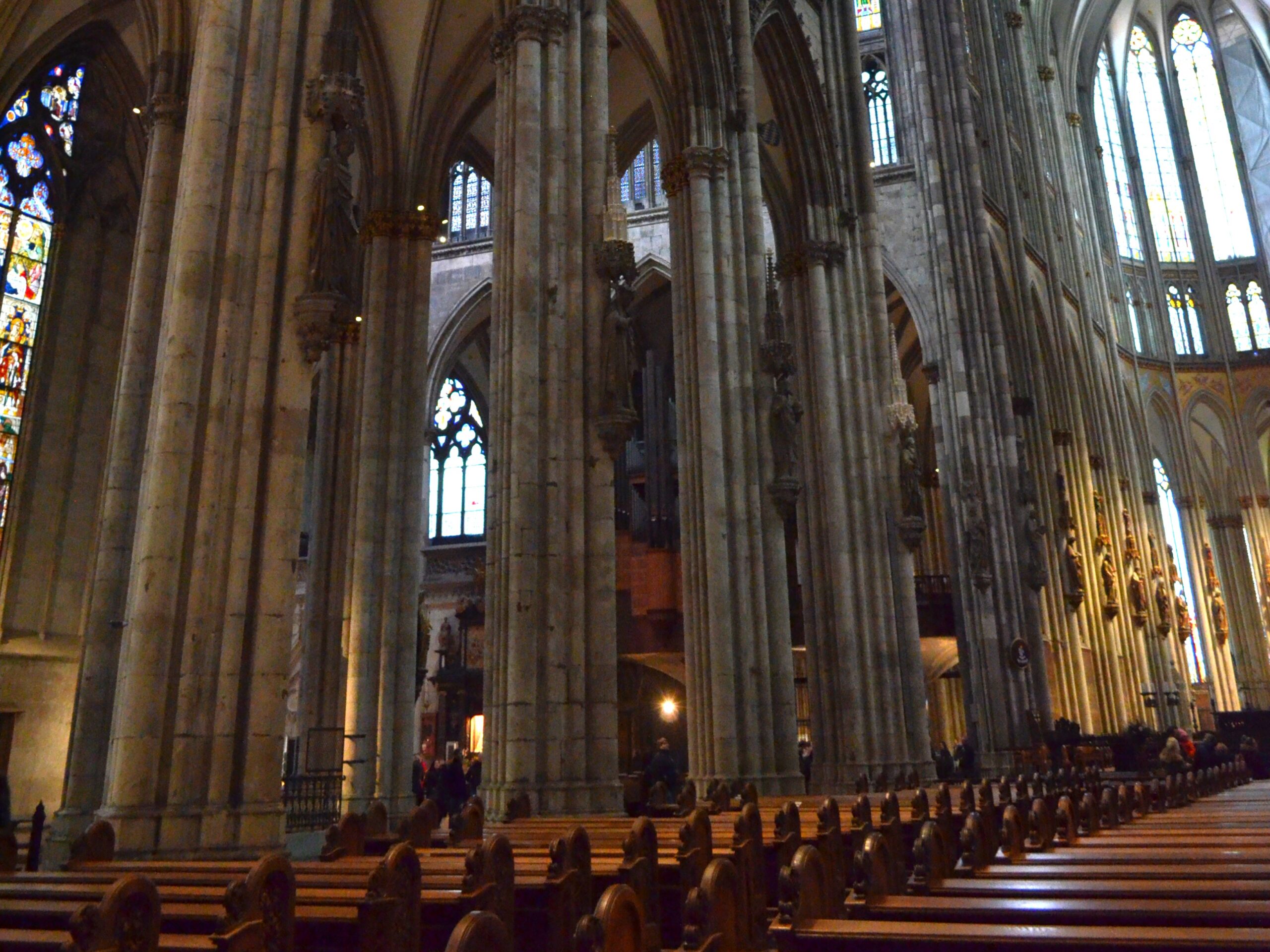
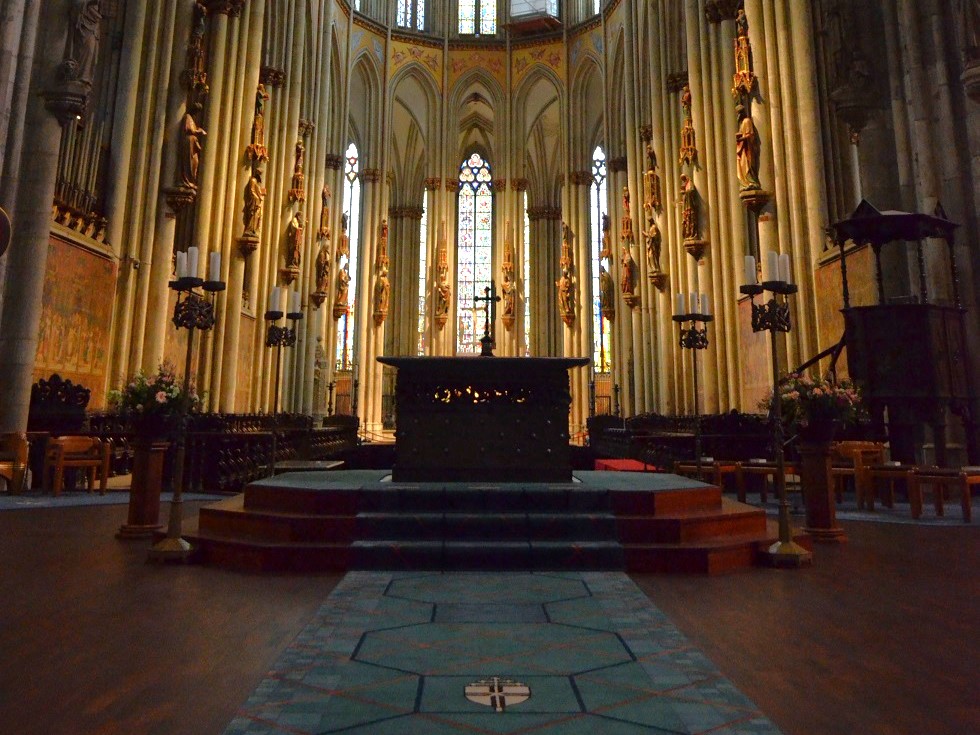
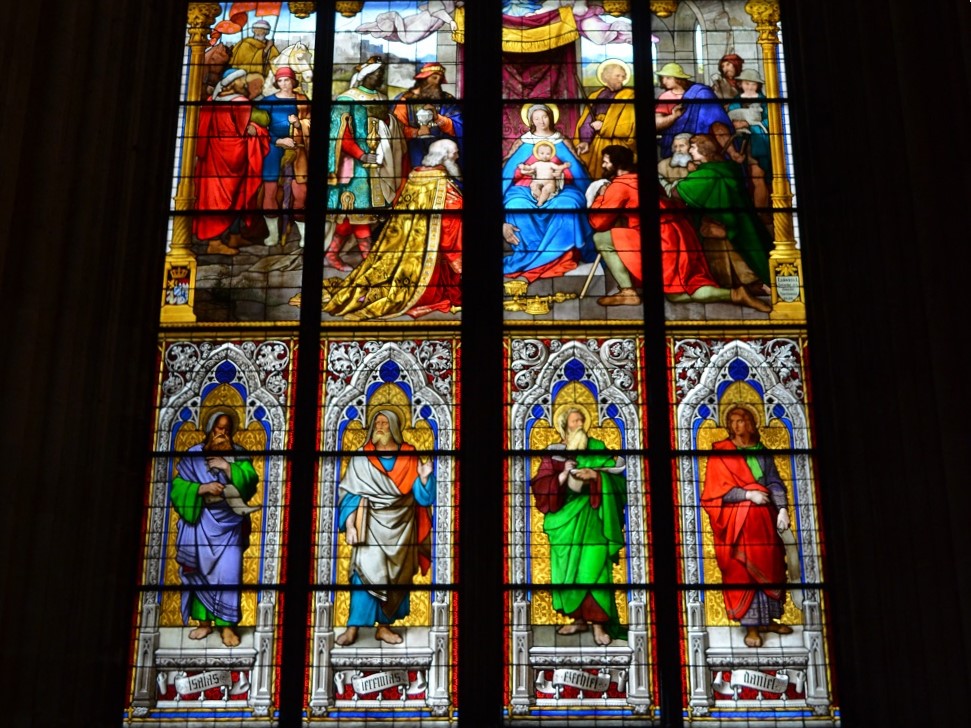
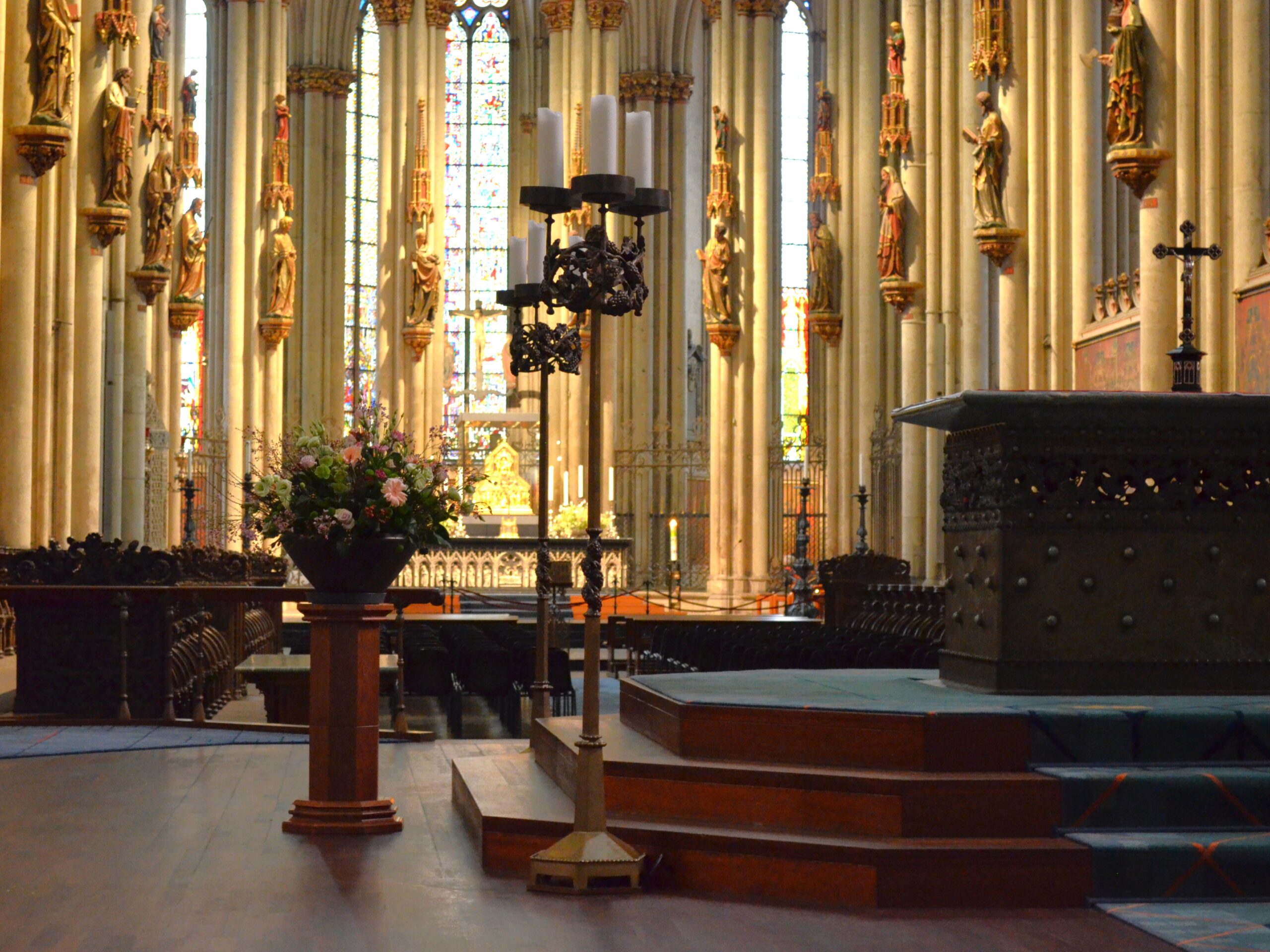
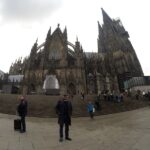
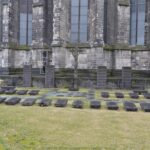
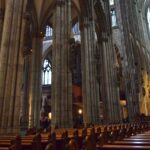

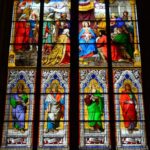
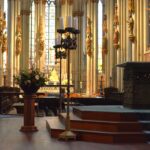
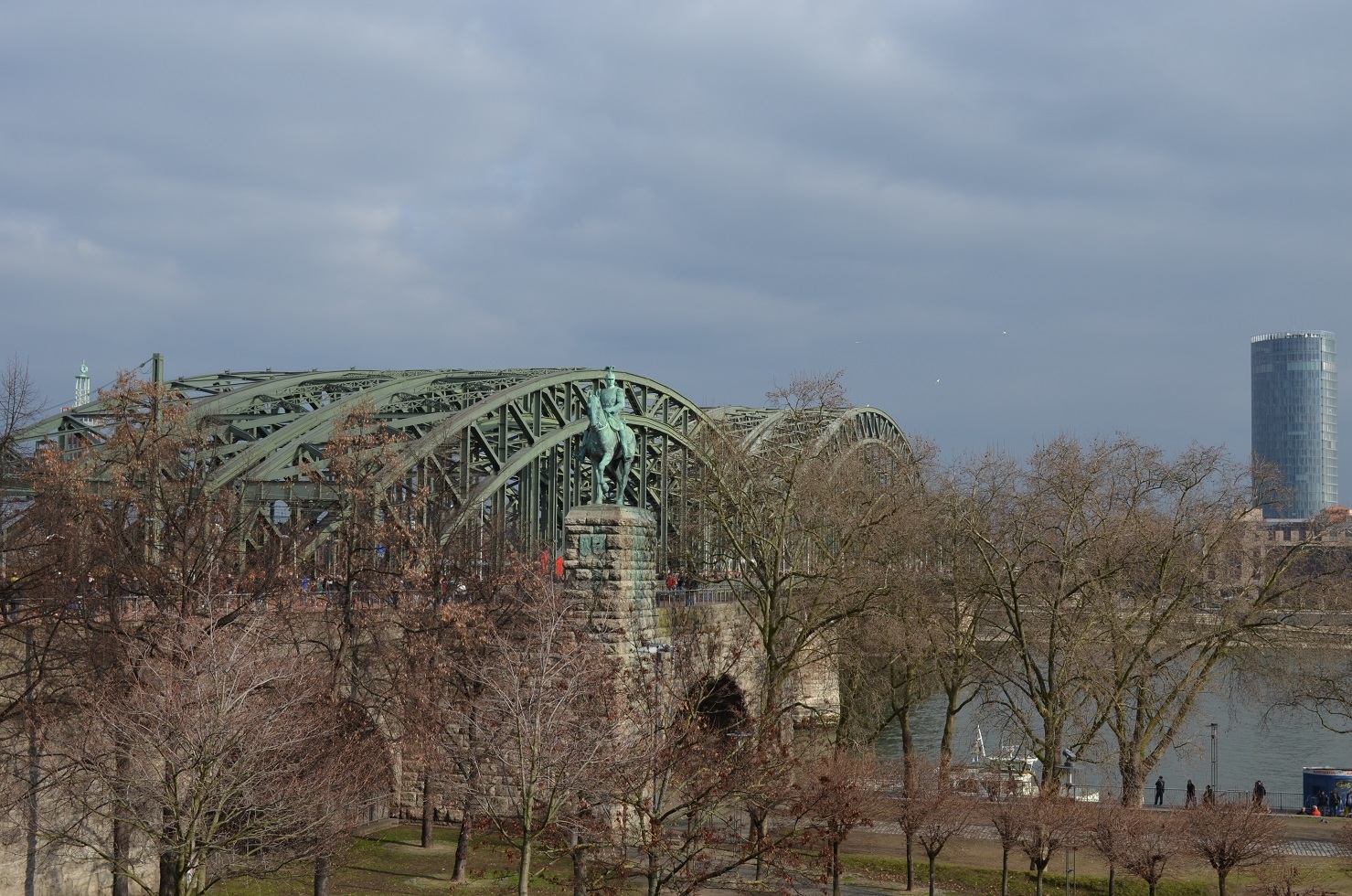

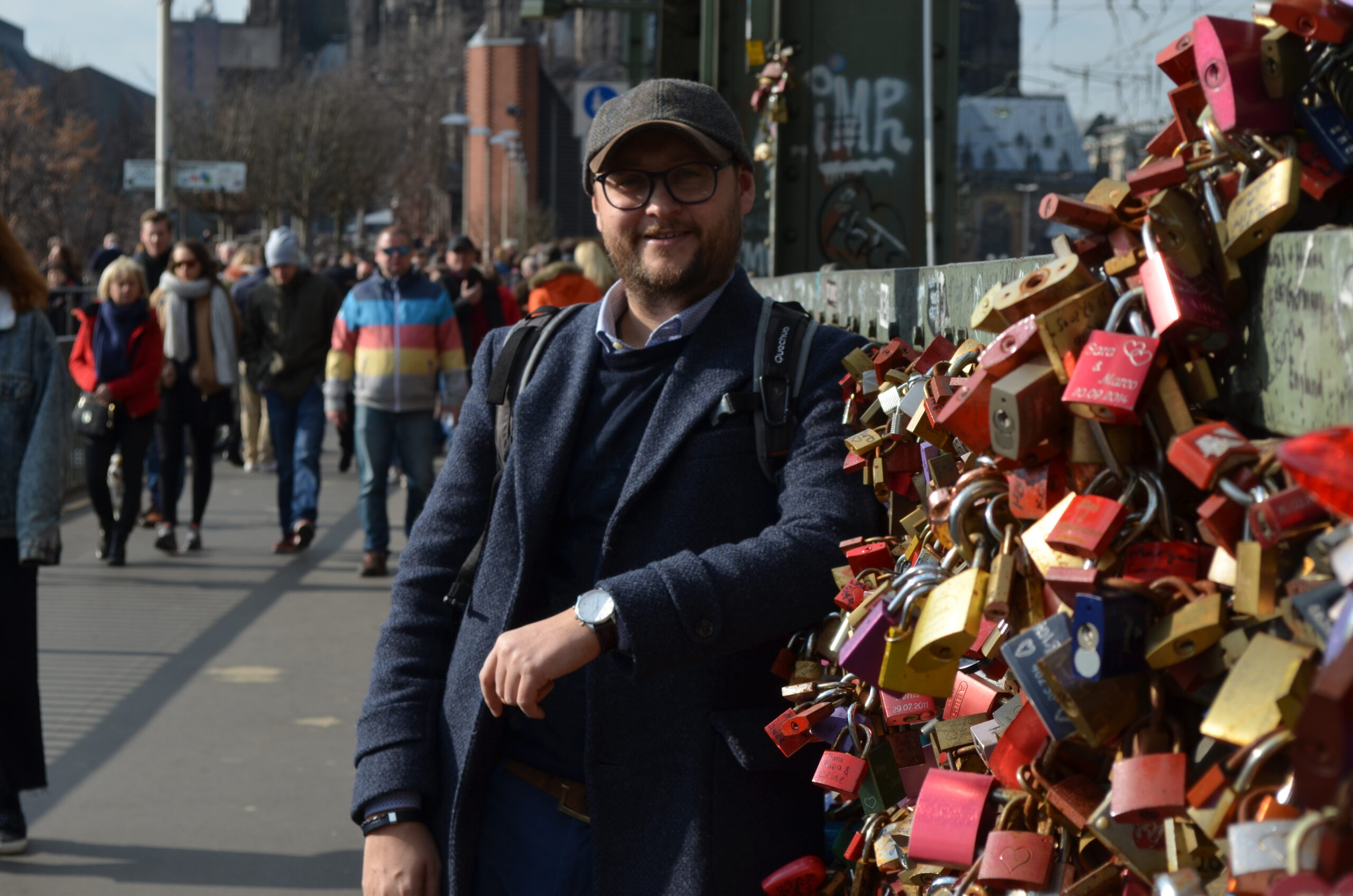


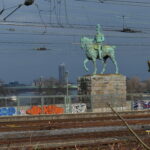
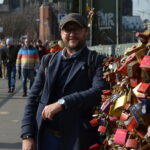

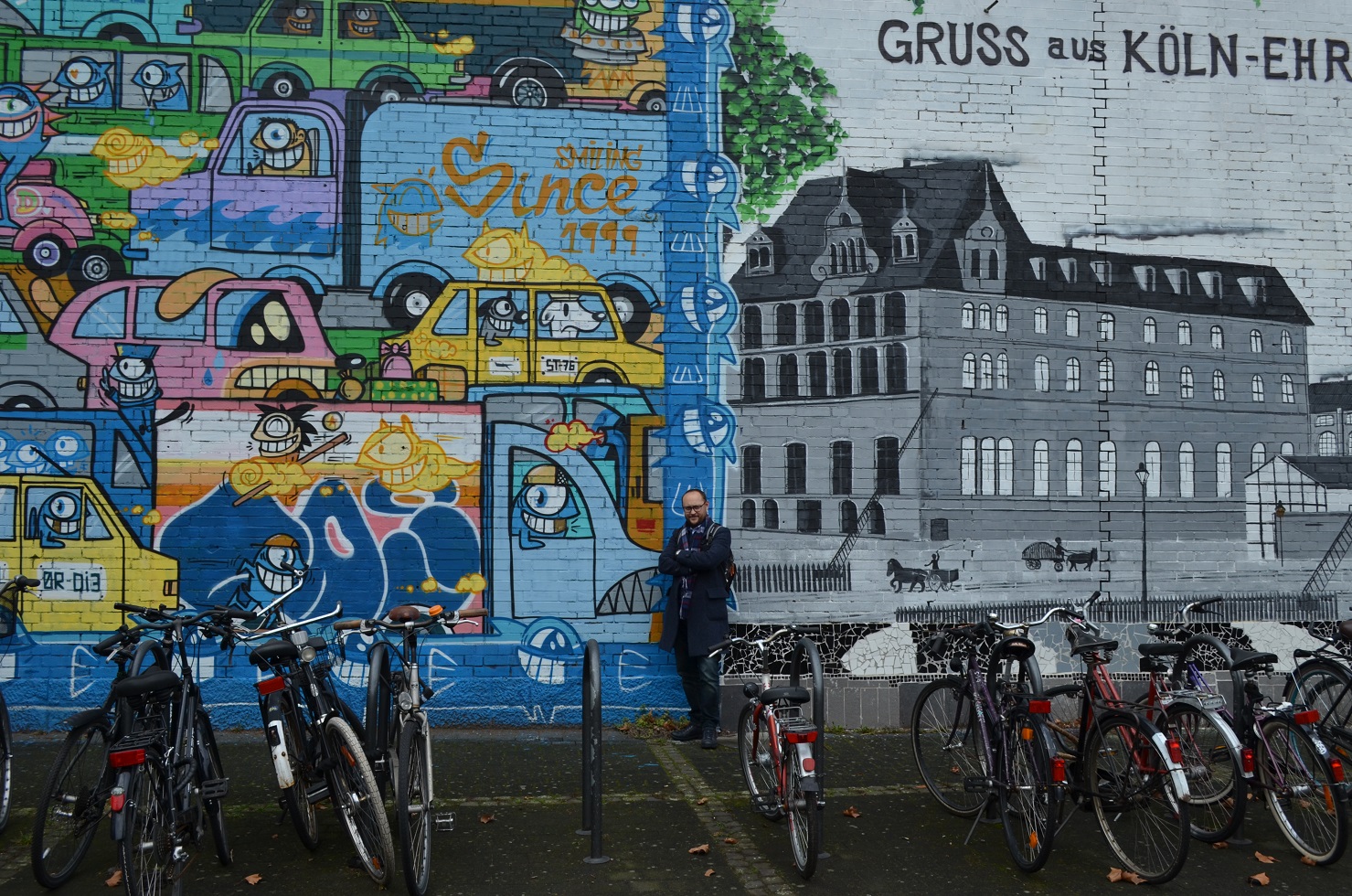


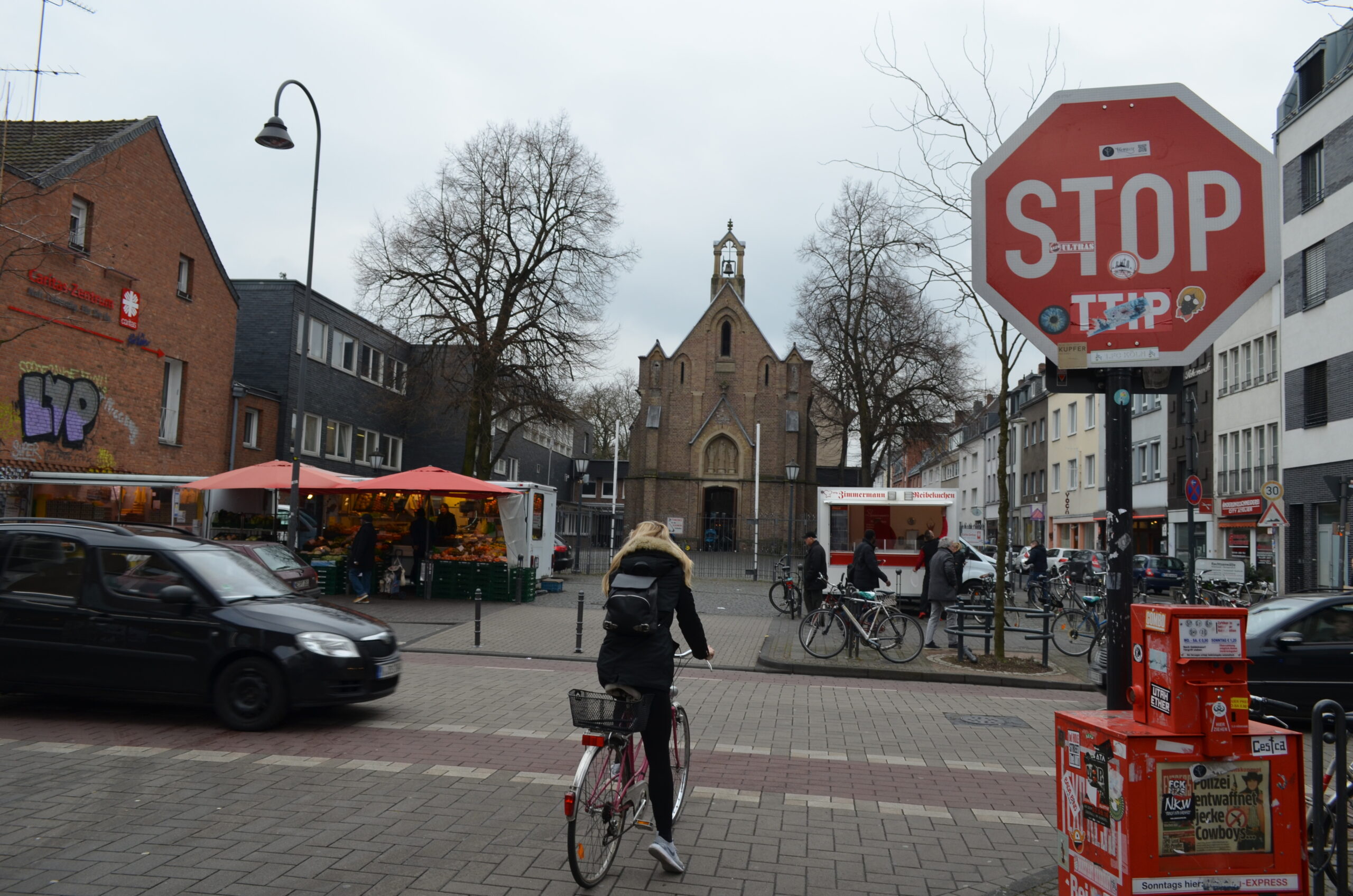
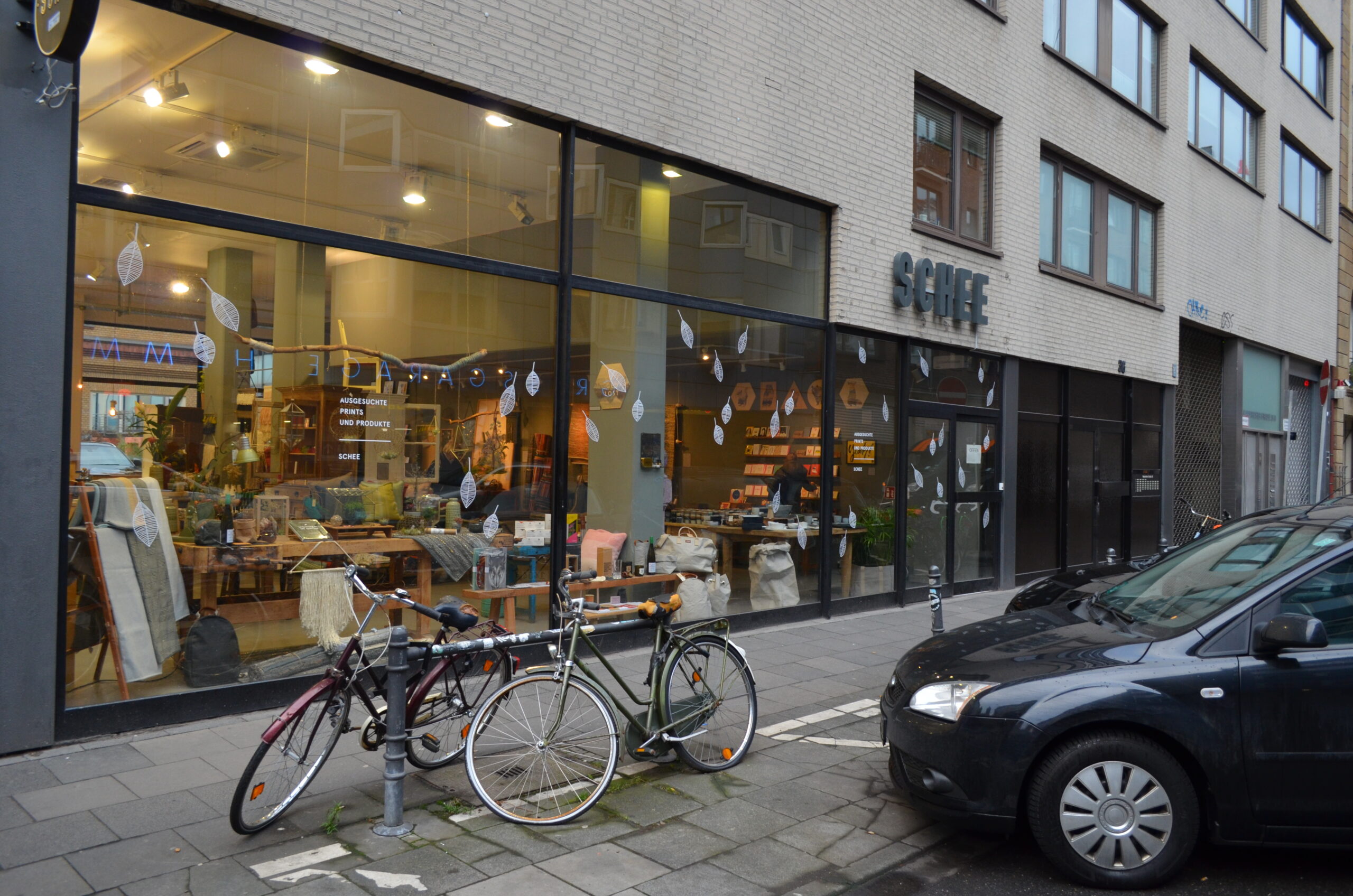
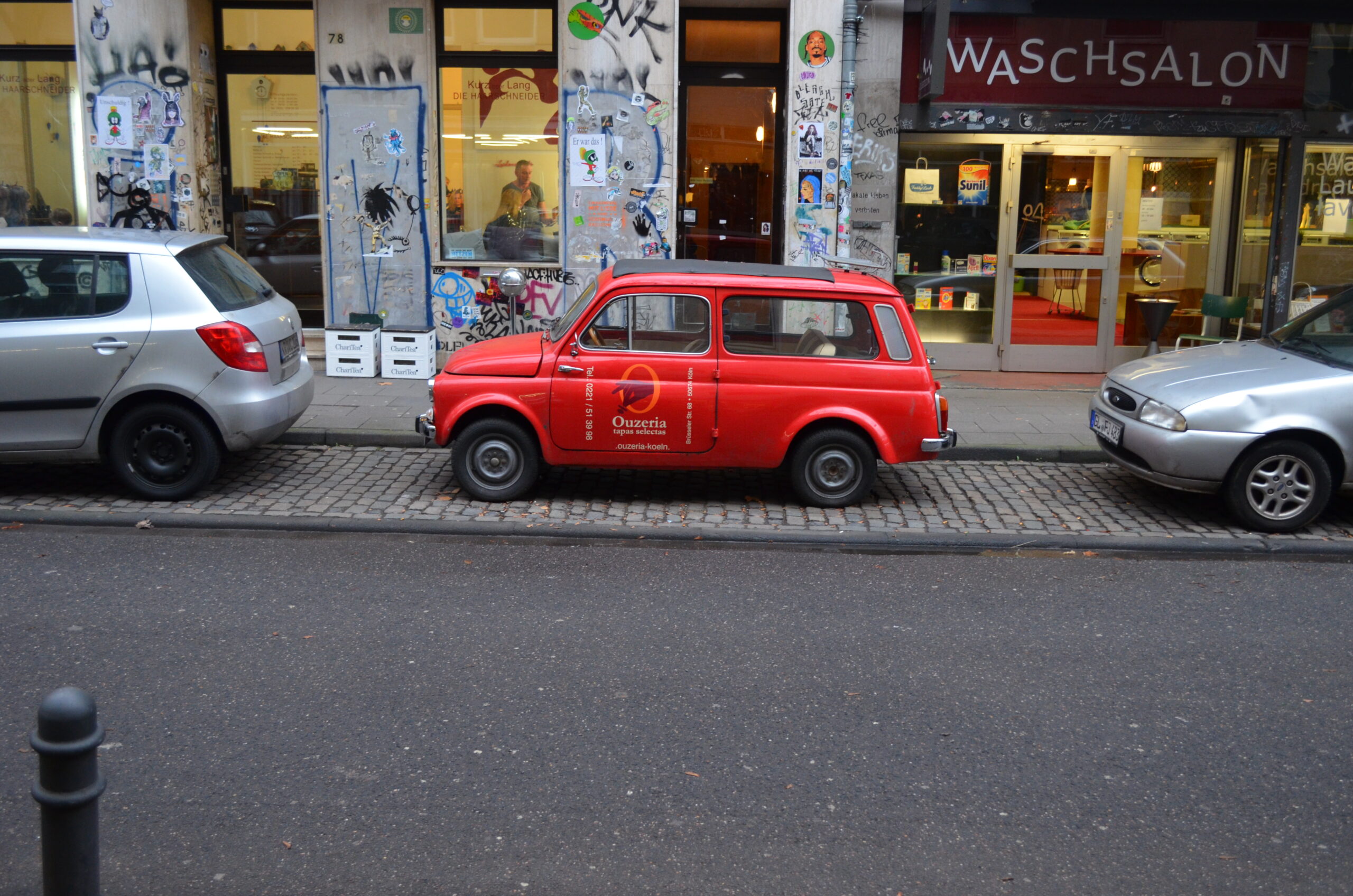
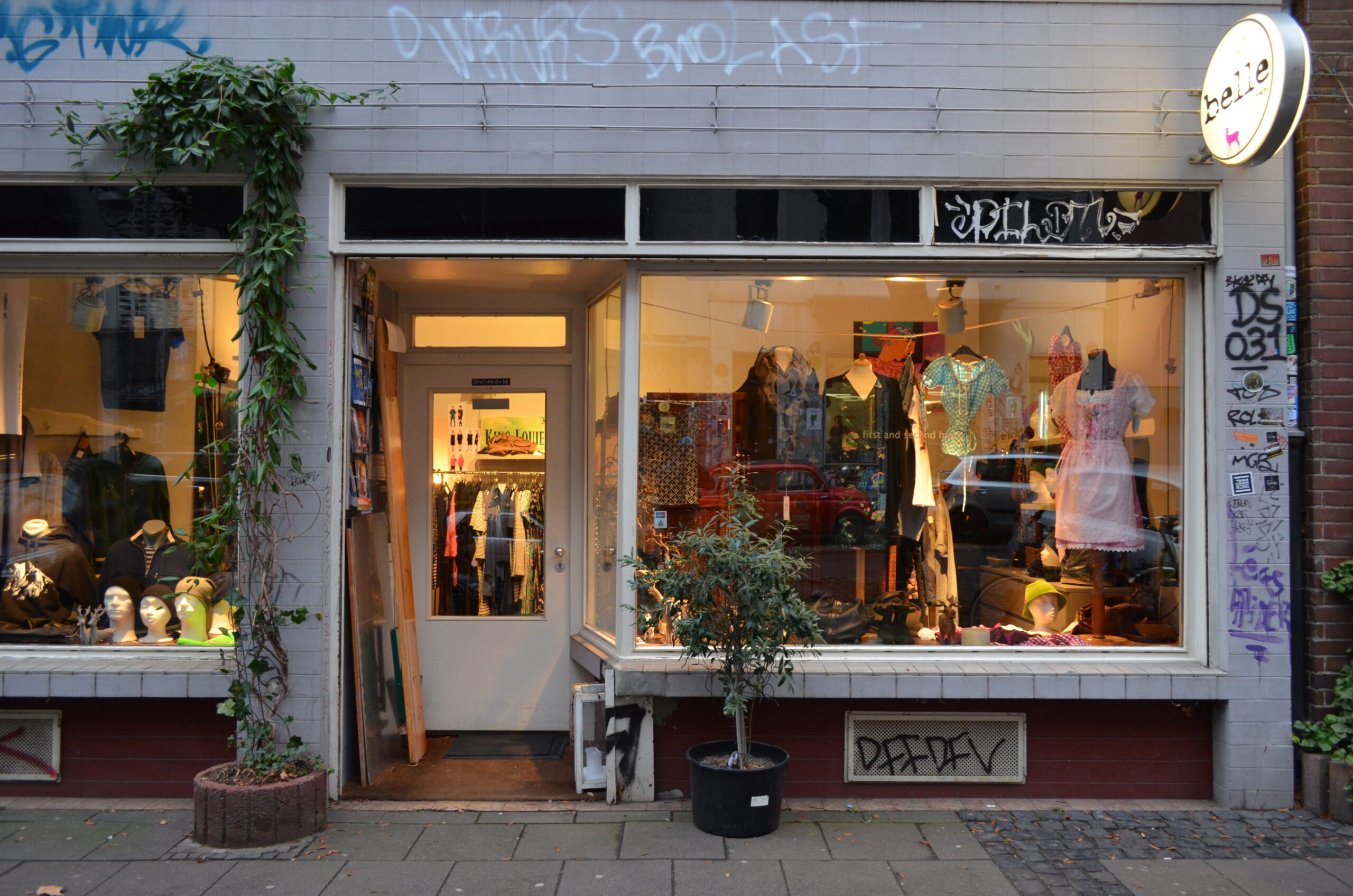
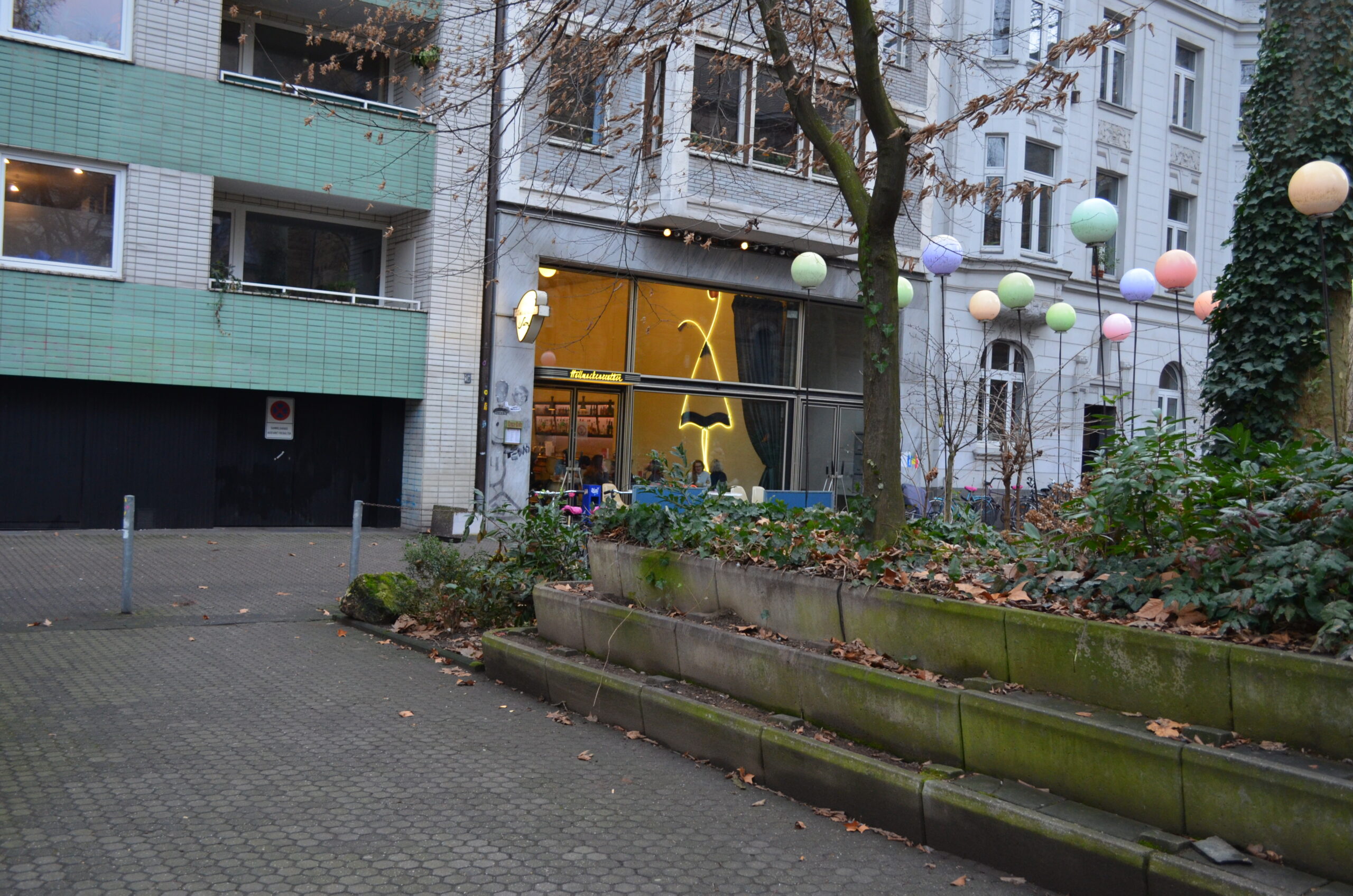
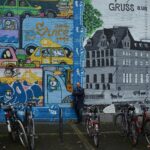
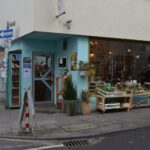

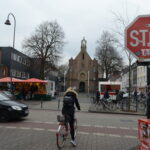
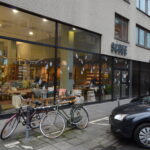
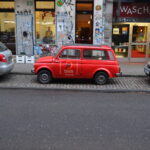
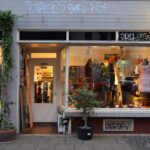
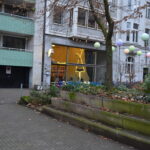
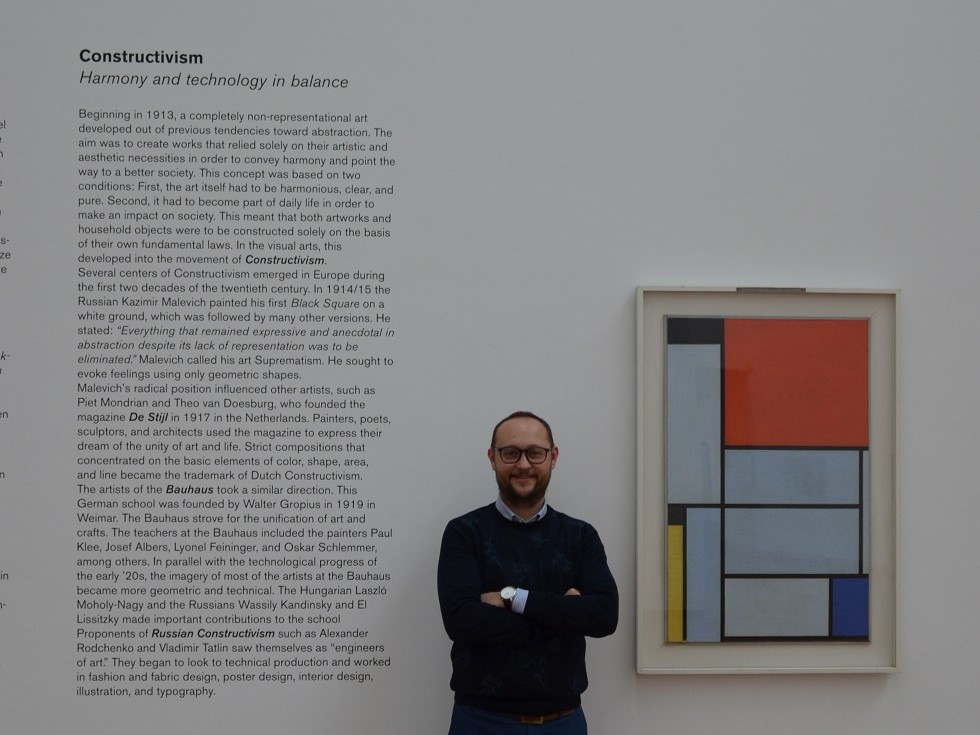

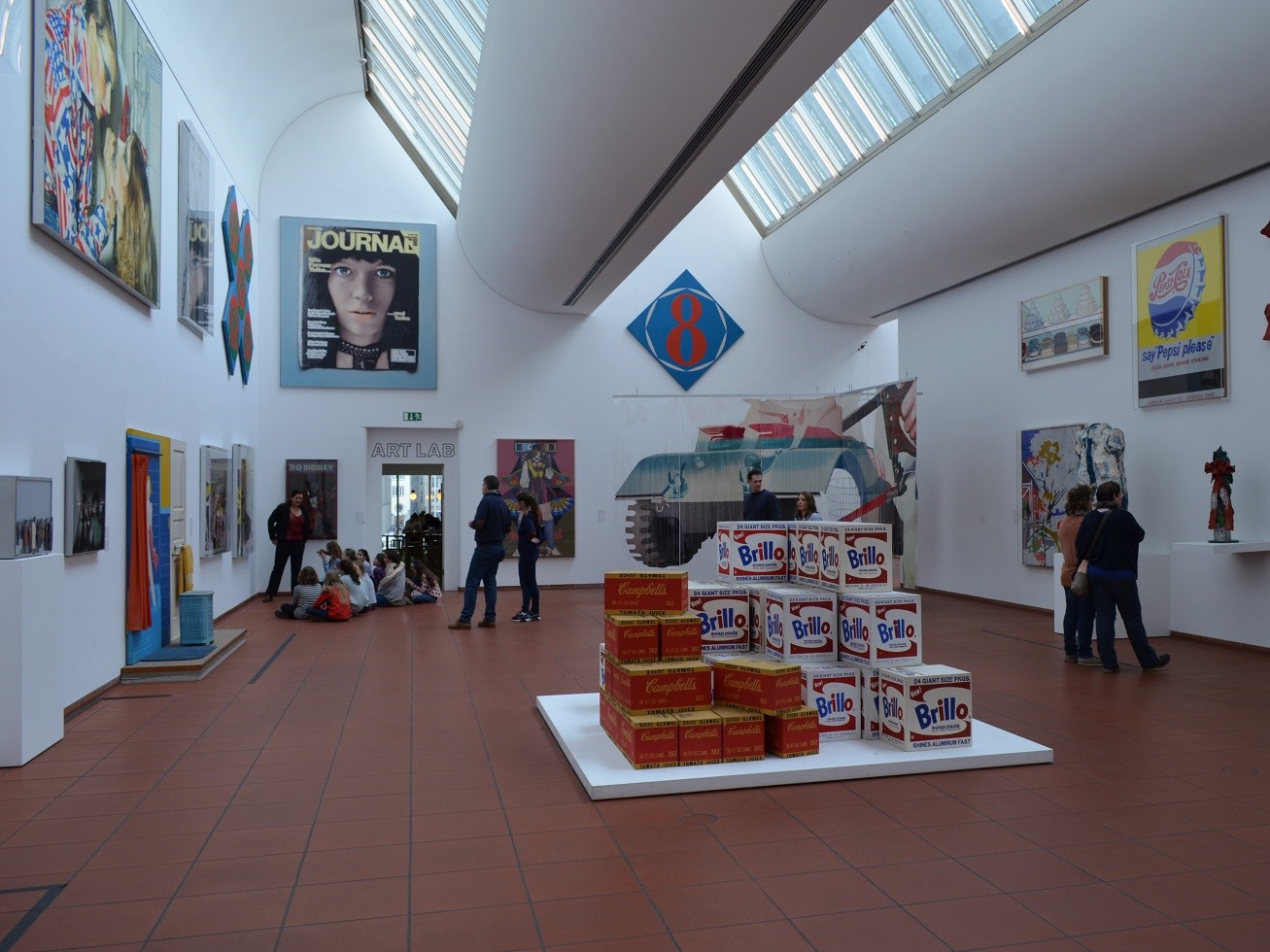
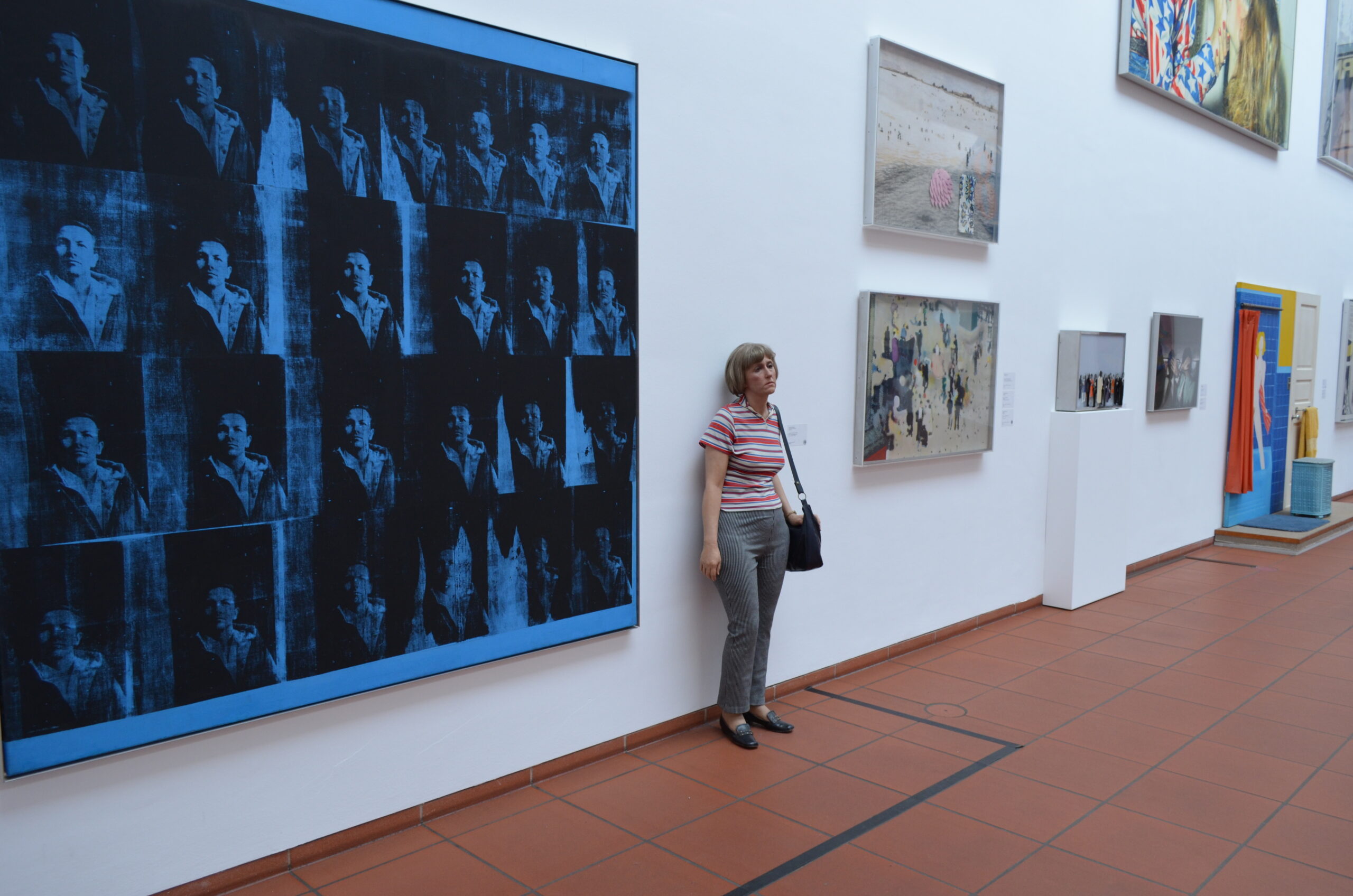
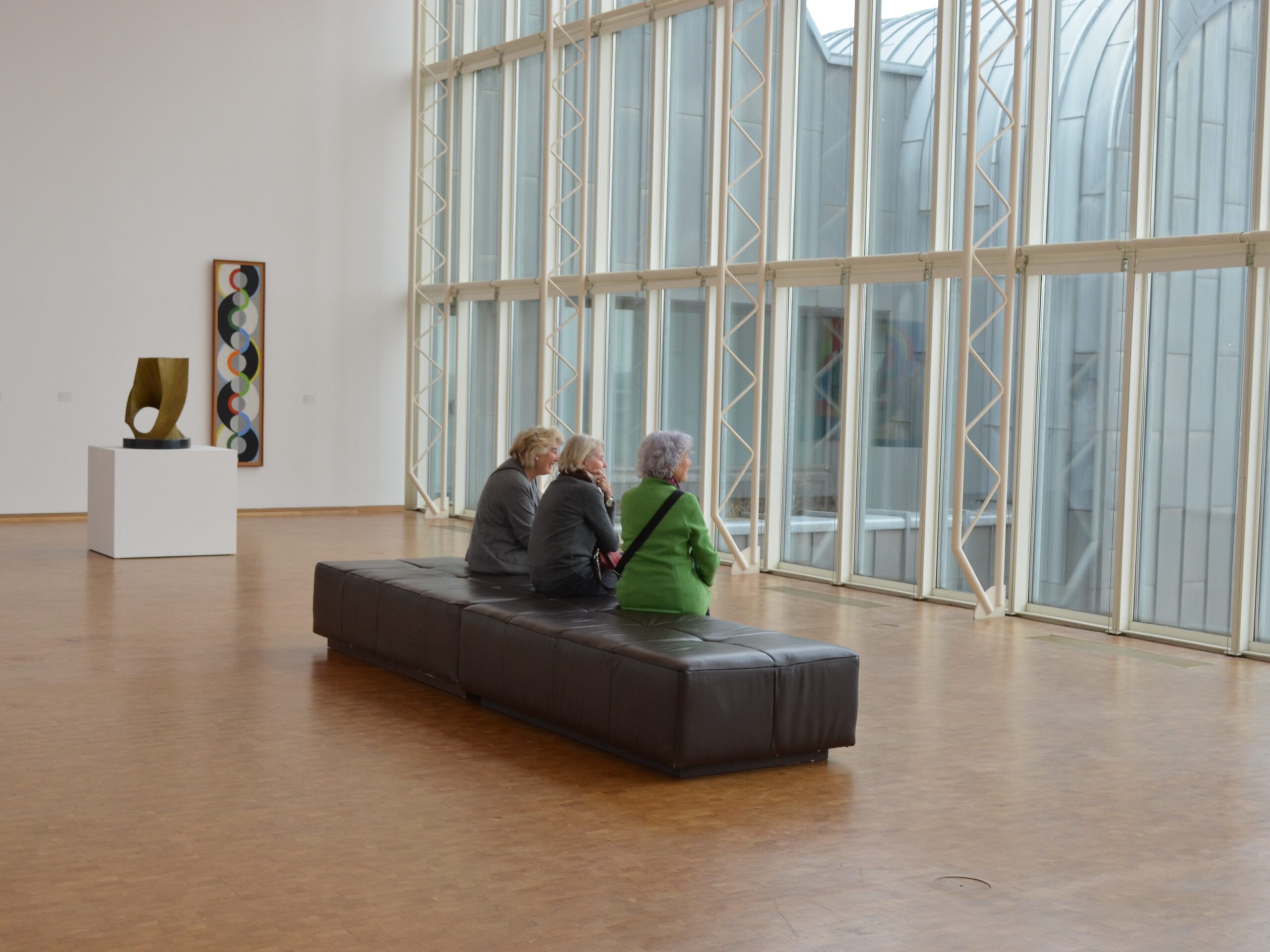


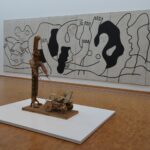

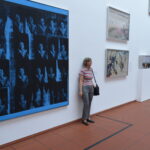



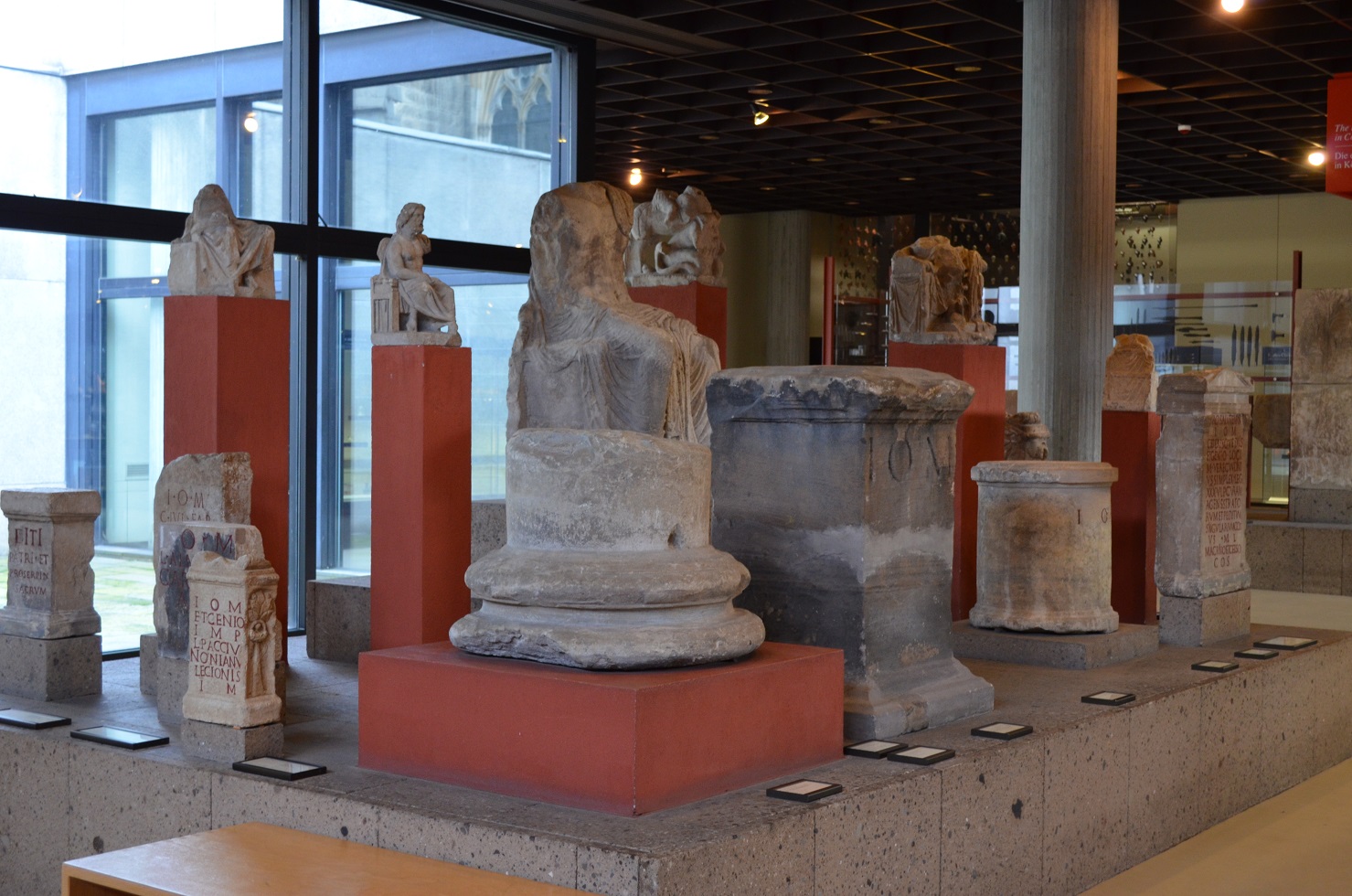

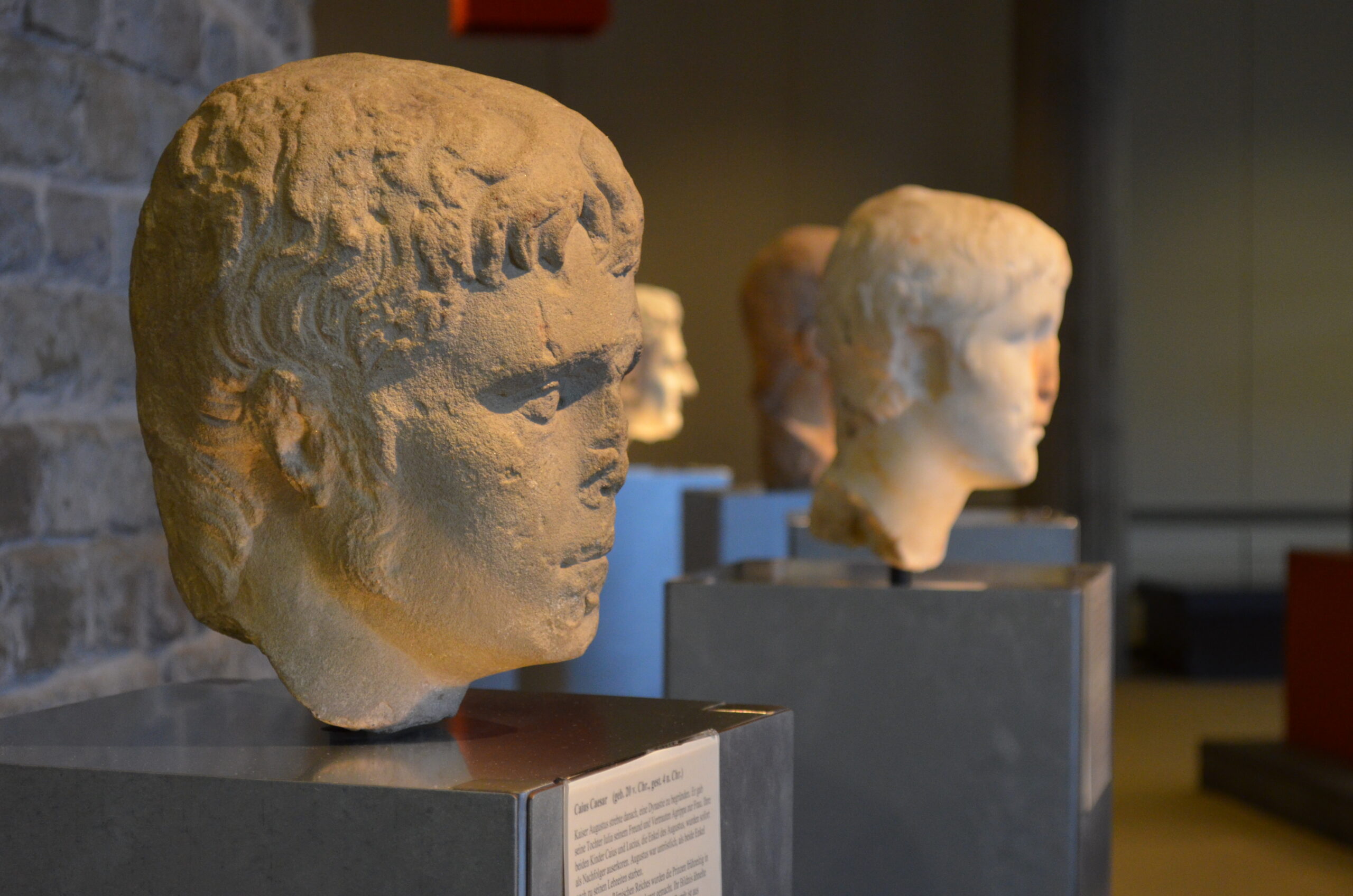
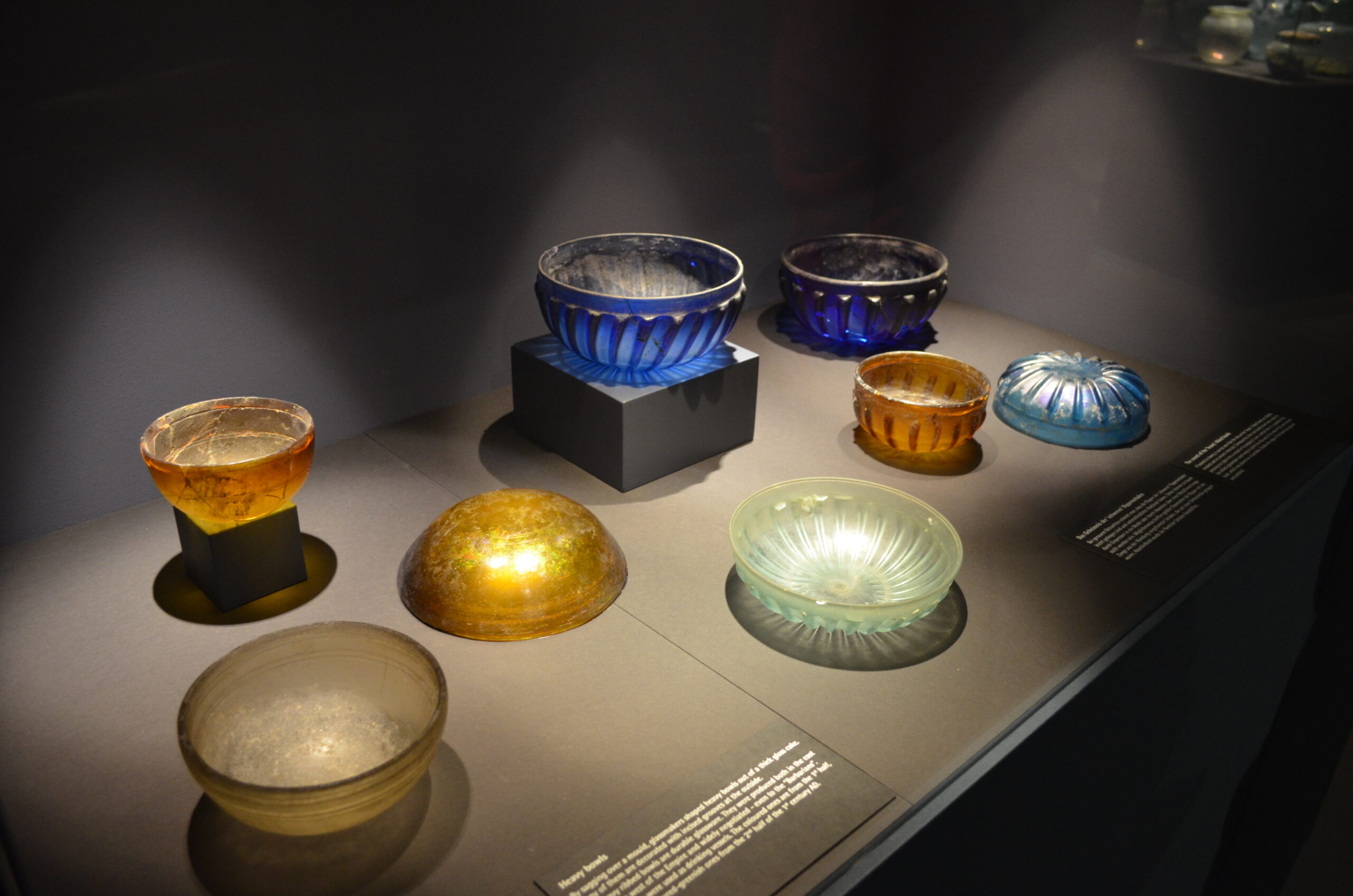
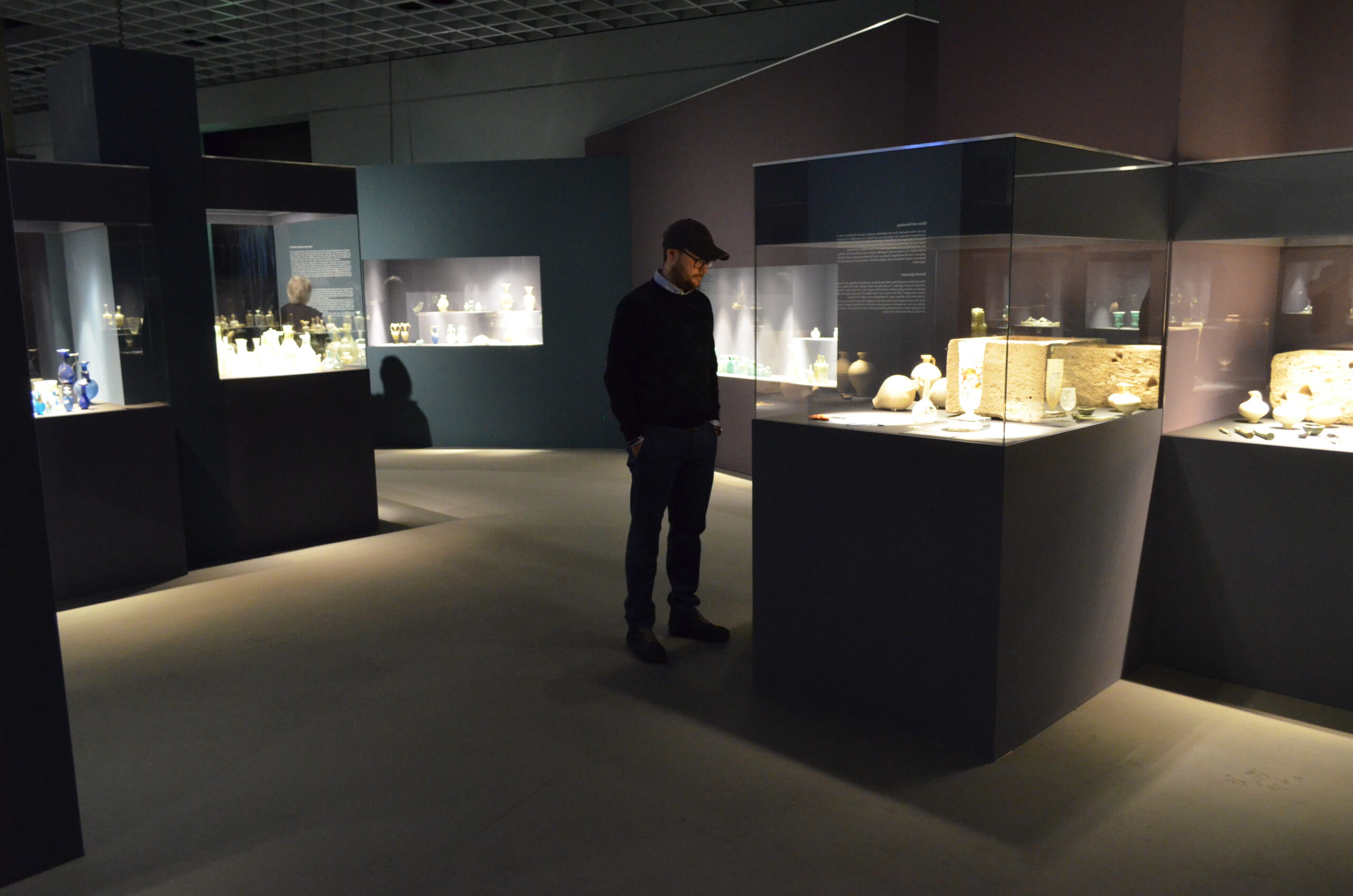
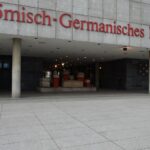
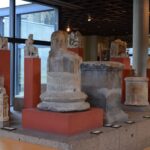
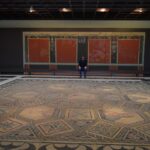
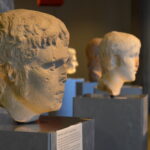
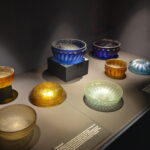
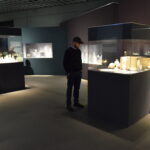
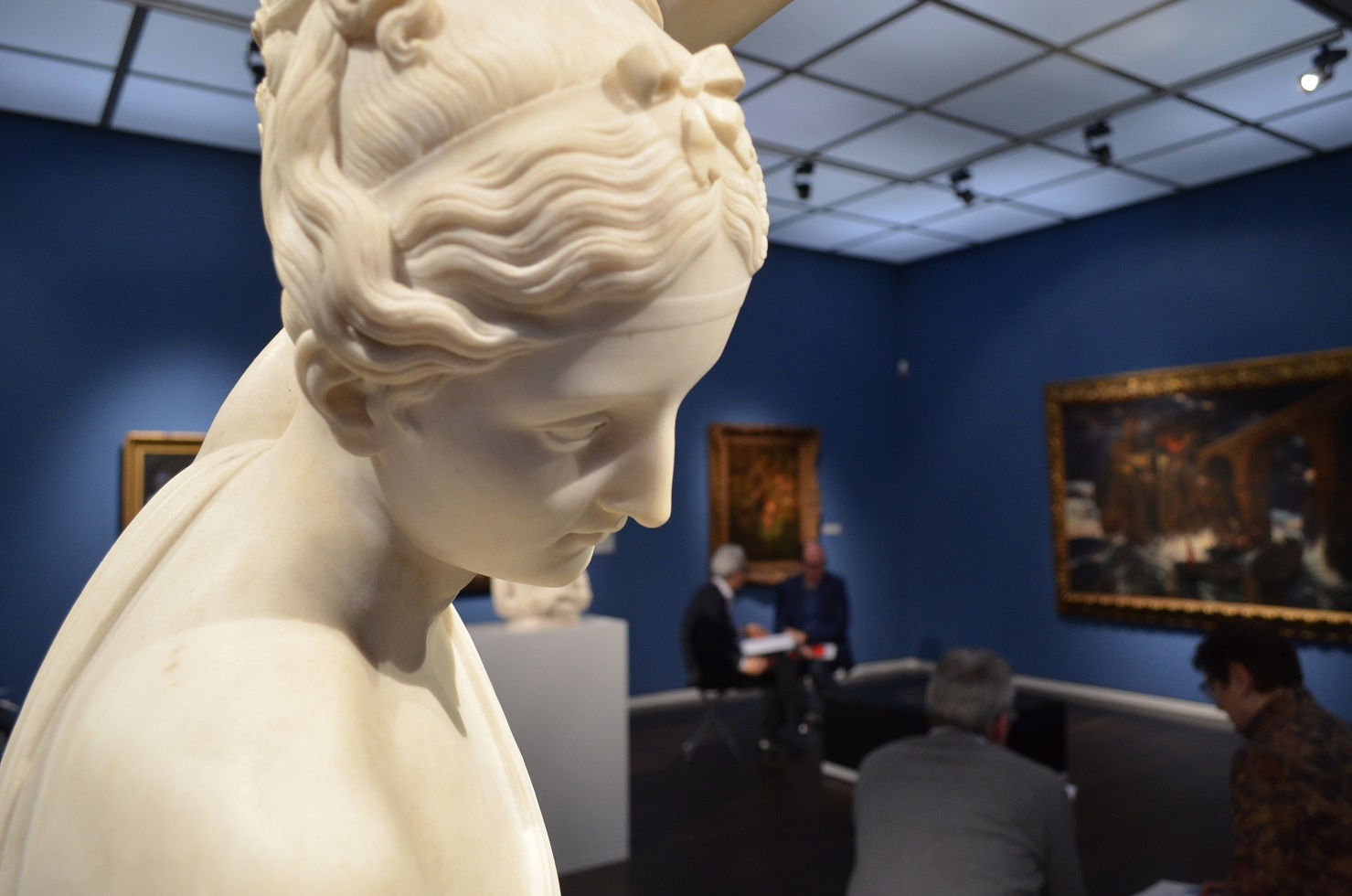
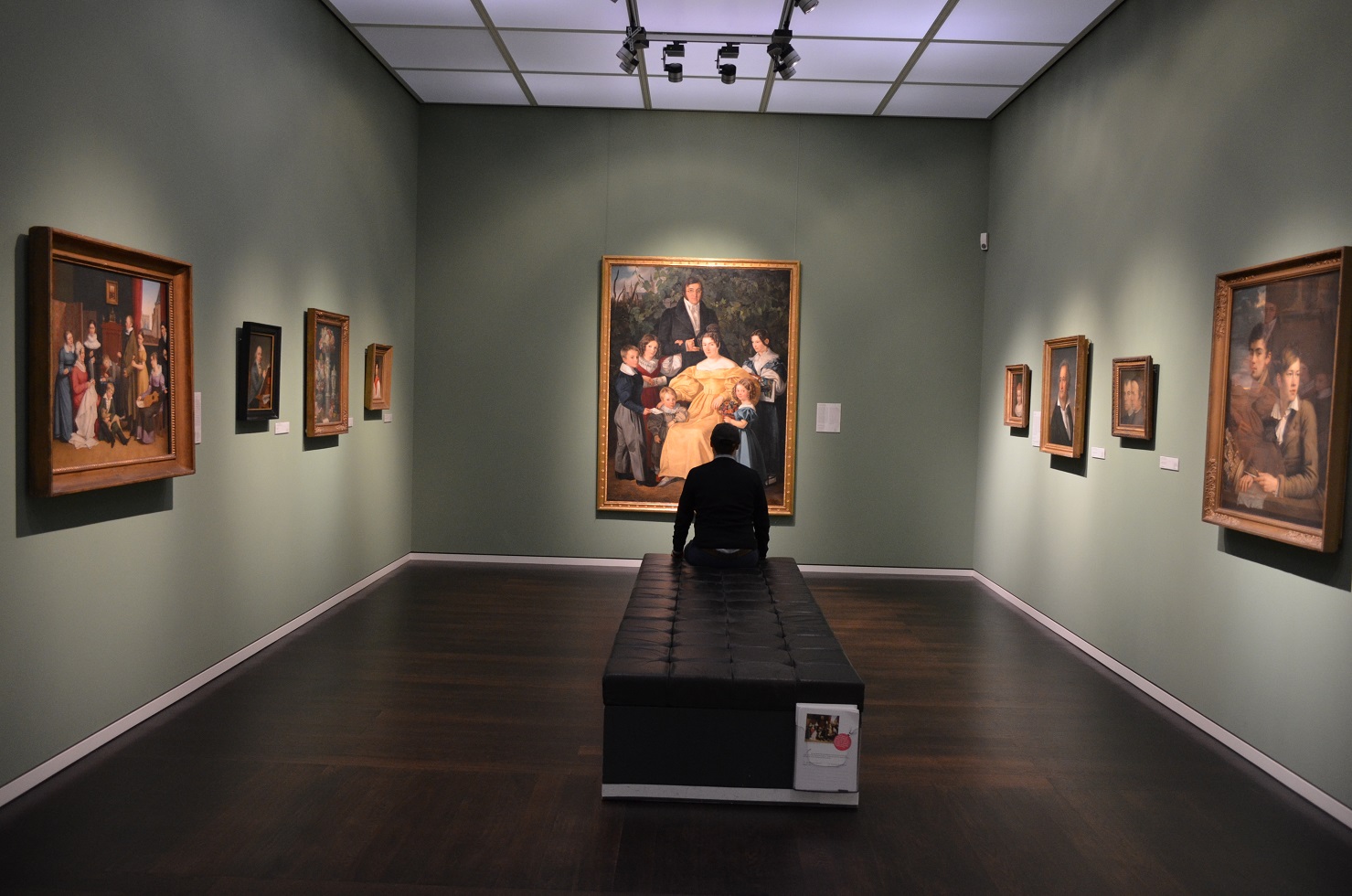
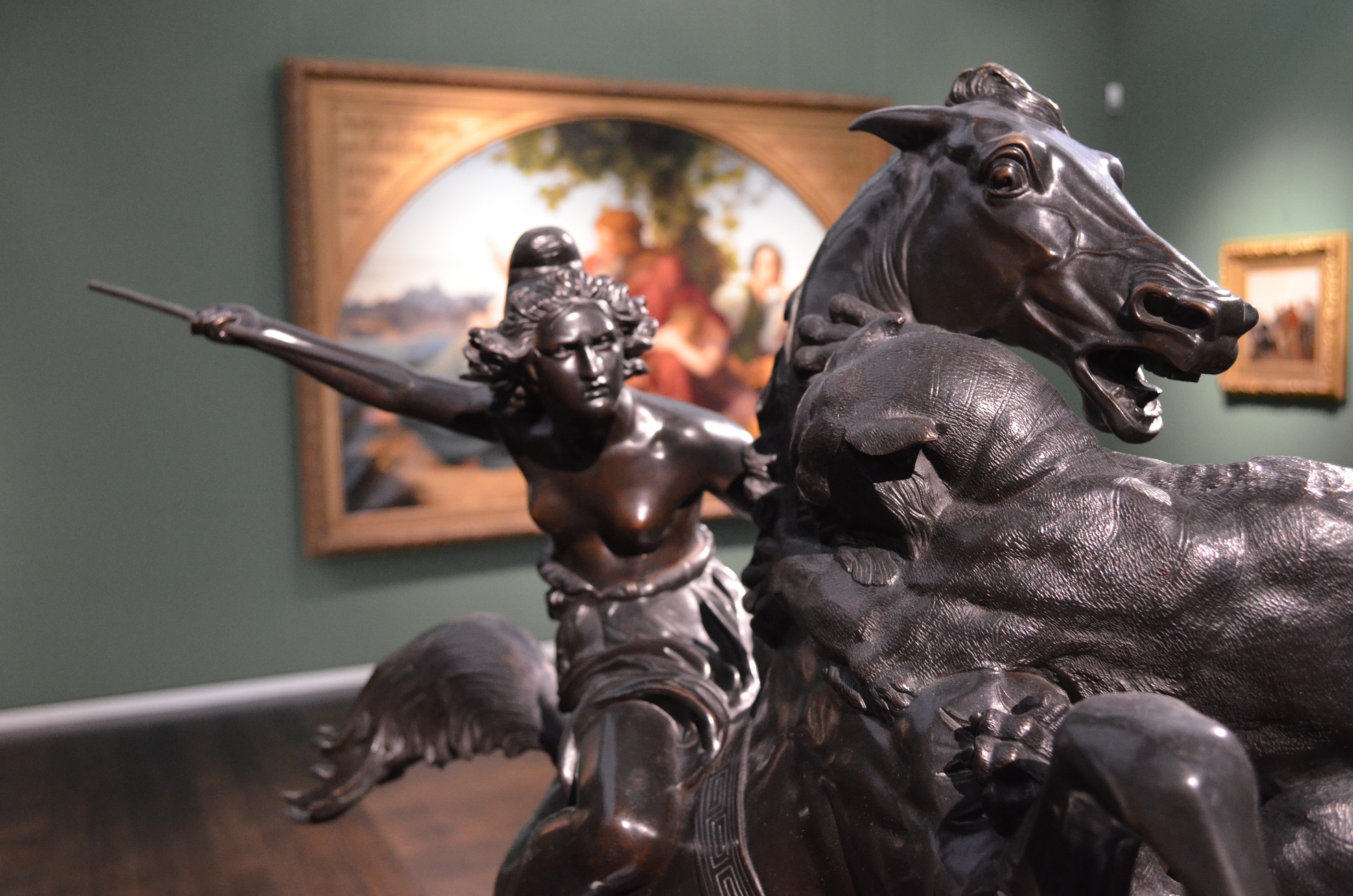
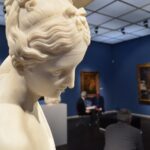
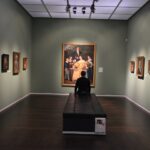
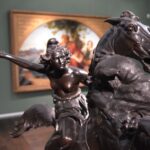
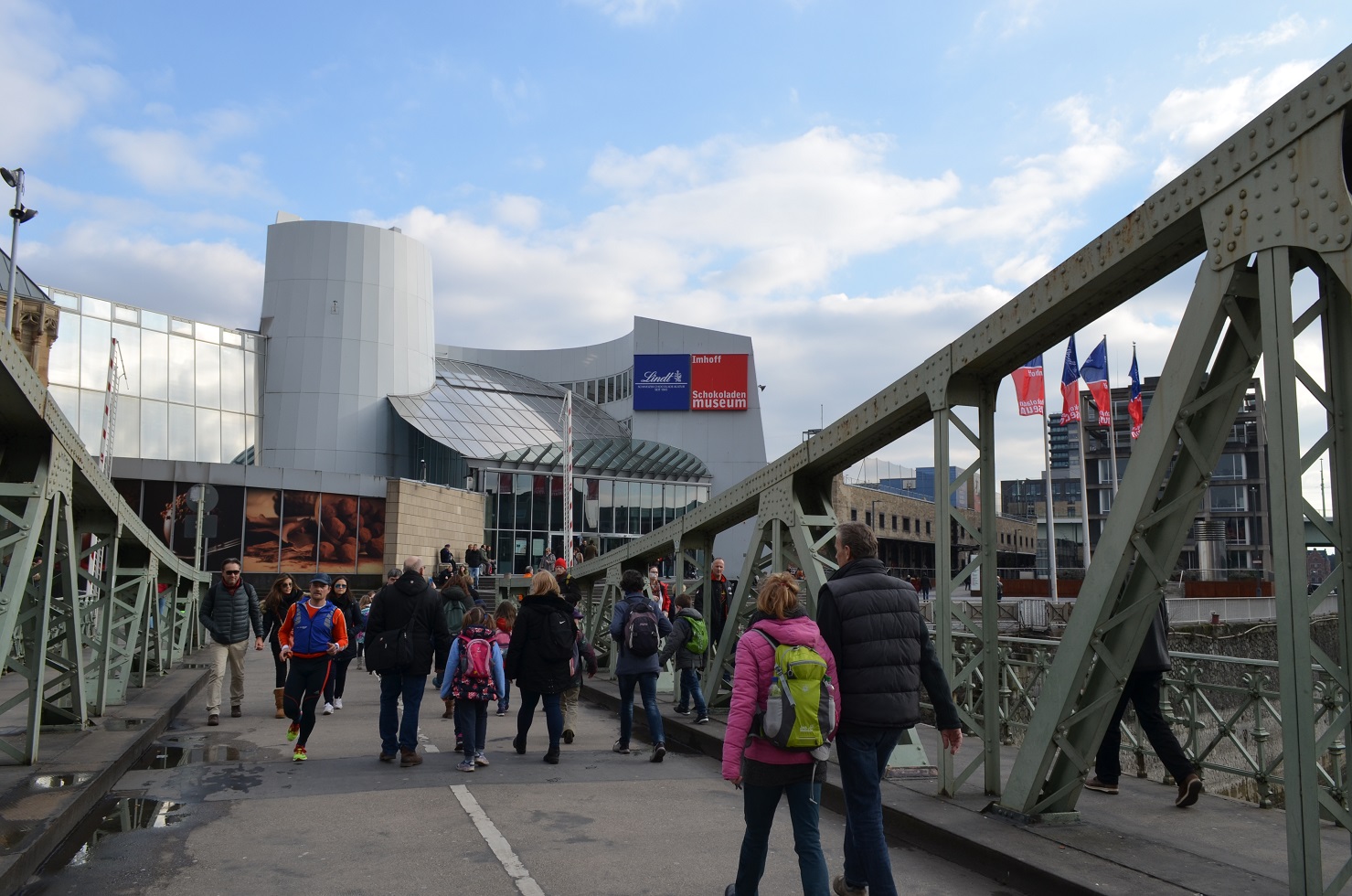
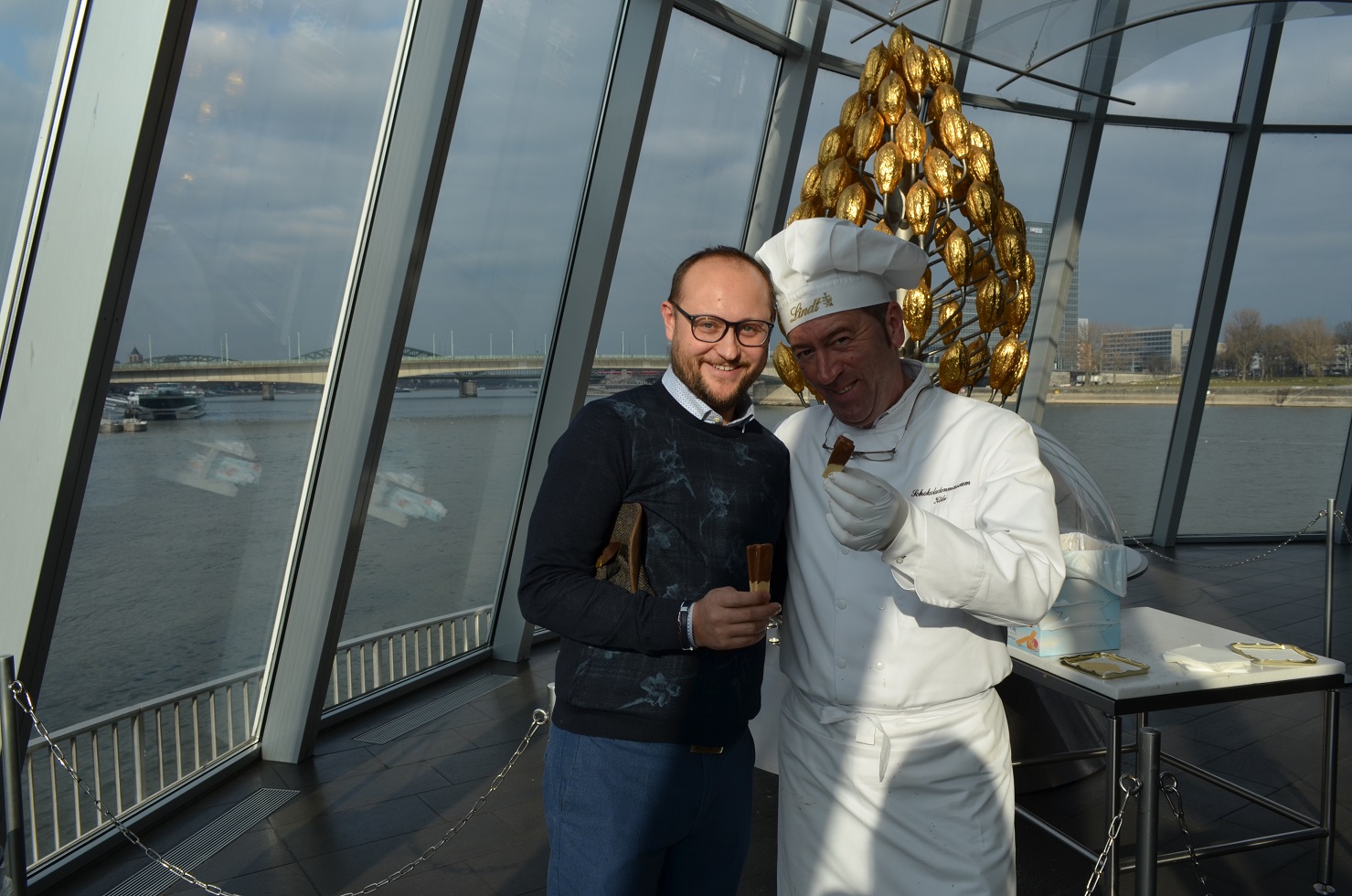
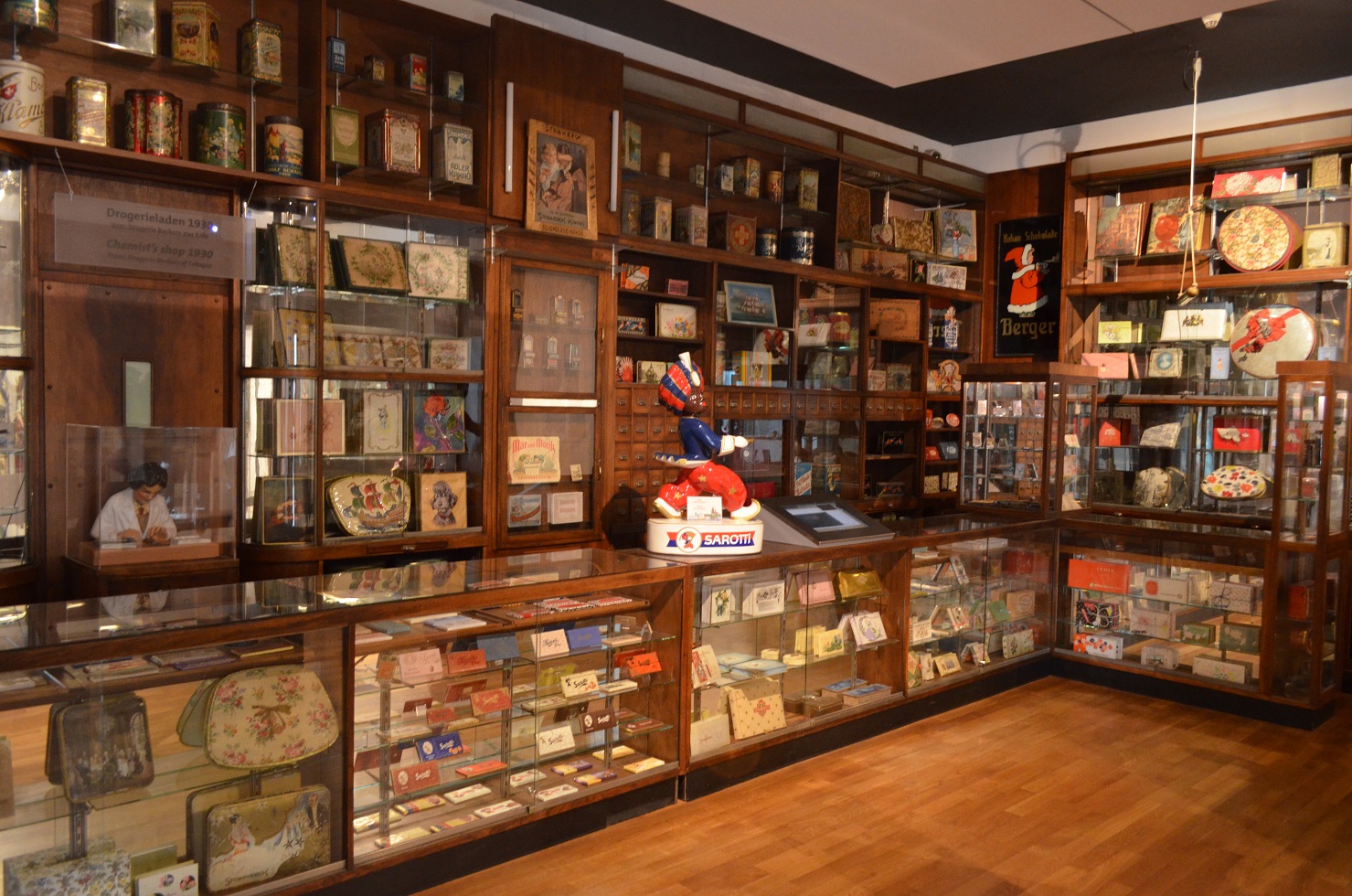
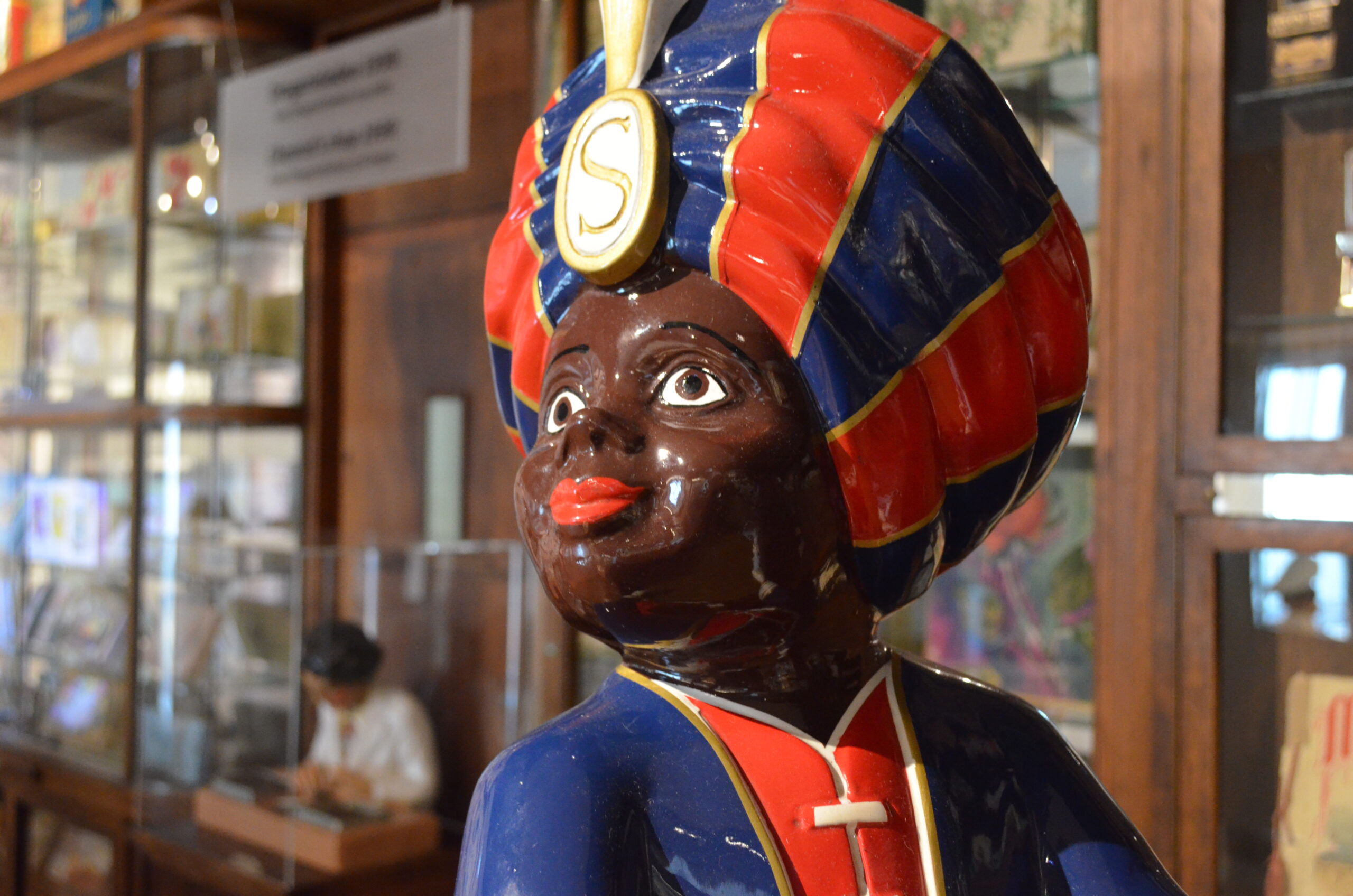
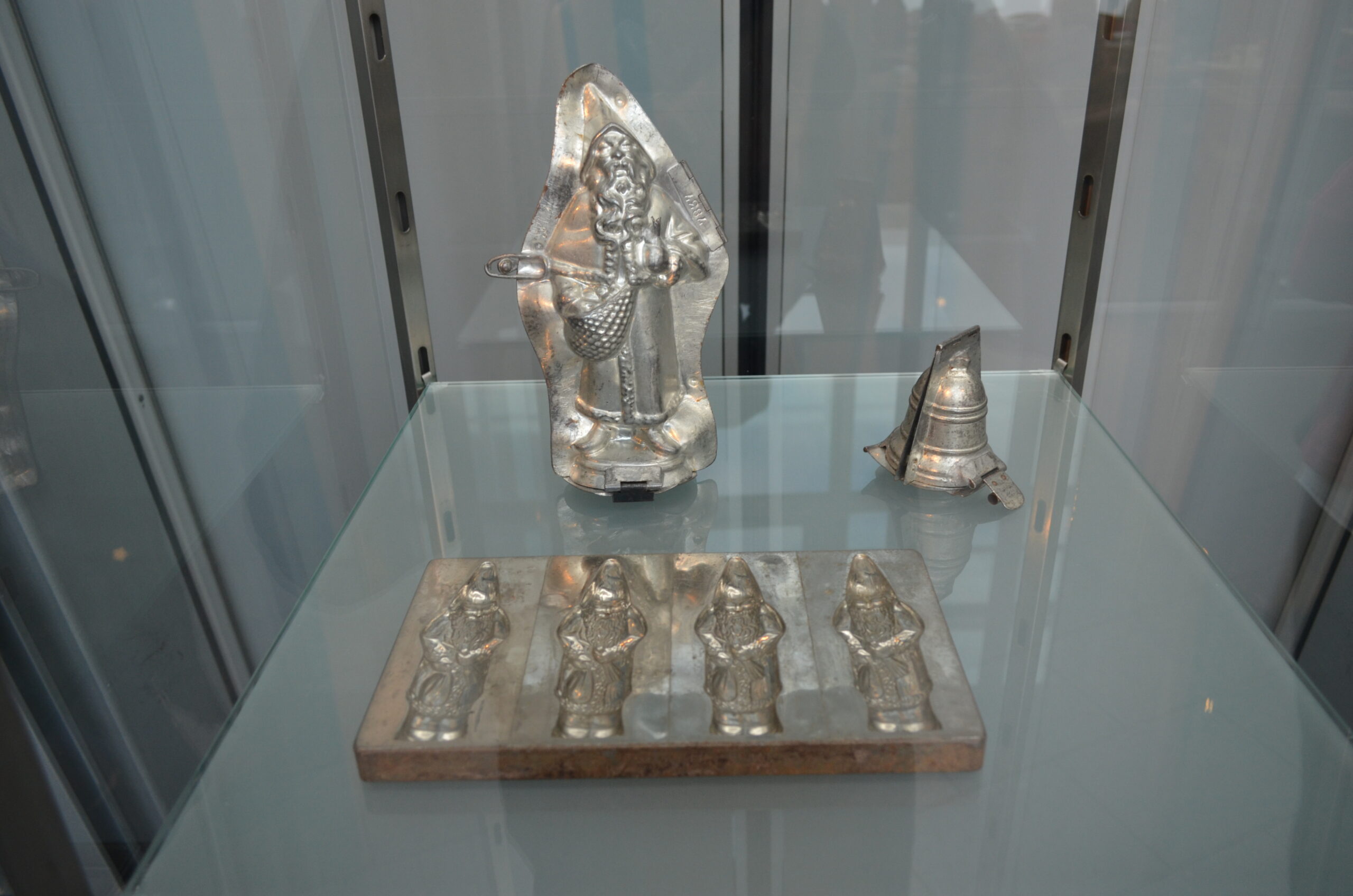
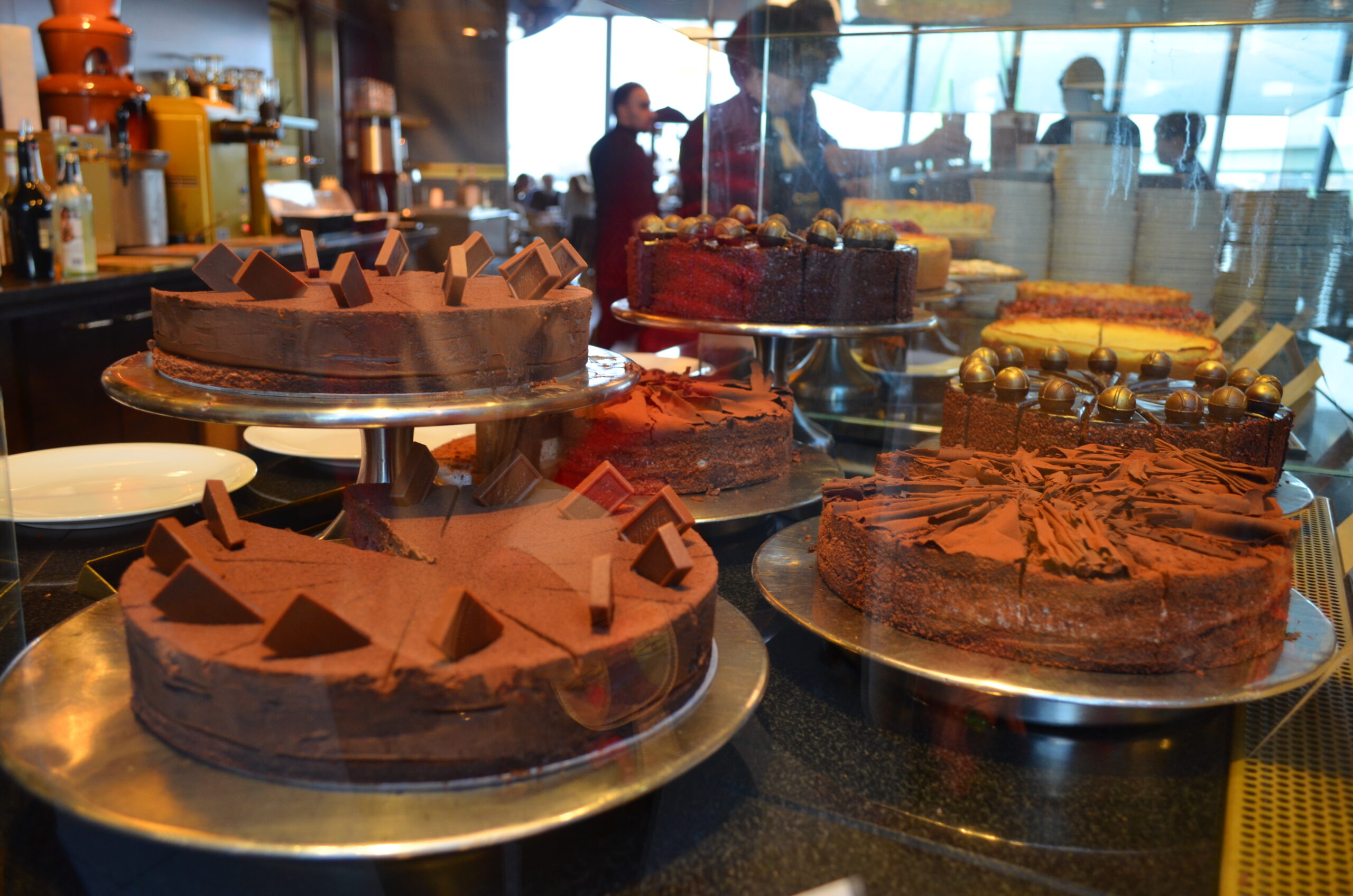

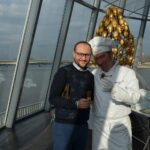
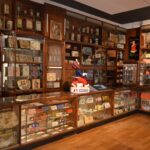
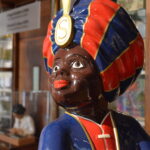


Pingback: Where to Eat in Cologne? - culinistanbul.com